Imagine your website’s pages competing against each other like siblings fighting for attention. When multiple pages target the same search terms, search engines struggle to decide which one to prioritize. This internal competition, often called keyword cannibalization, can weaken your site’s authority and leave visitors confused.
Think of it like a crowded store with identical products on different shelves. Customers bounce between options without converting, while search engines dilute rankings across all pages. Over time, this leads to lower organic traffic, fragmented user journeys, and missed conversion opportunities.
Tools like Google Search Console help identify these clashes. But fixing them requires more than technical tweaks. You’ll need a strategic approach to consolidate content, clarify page purposes, and align with what users and search engines truly want. Entrepreneurs aiming to elevate women-owned brands online will benefit from our article on enhancing search visibility for female-led startups..
Key Takeaways
- Internal page competition confuses search engines and hurts rankings.
- Duplicate keyword targeting creates fragmented user experiences.
- Consolidating content strengthens page authority and visibility.
- Regular audits using SEO tools prevent overlapping issues.
- A unified strategy improves both traffic and conversion rates.
Understanding CRO Keyword Cannibalization
Picture a library where every book has the same title but different chapters. Visitors wander aimlessly, unsure which version answers their questions. This mirrors what happens when multiple pages on your site target identical search terms. Instead of working together, they clash silently—confusing both visitors and algorithms.
Defining the Issue and Its Relevance
When pages unintentionally compete, search engines struggle to pick a “winner.” They may spread ranking power thinly across all versions, lowering visibility for each. Data shows this fragmentation can reduce organic traffic by up to 40% for affected terms. Users also bounce faster when they can’t find clear answers quickly.
This guide on the SEO implications of slow-loading pages can help you prioritize site speed improvements effectively.
Impact on Organic Traffic and Conversions
Duplicate content doesn’t just annoy readers—it erodes trust. A confused visitor rarely converts. Sites with this issue often see lower click-through rates and higher bounce rates. Over time, search engines may flag the content as low-value, pushing it further down results pages.
Fixing this starts with audits to identify overlaps. Tools like Screaming Frog or Google Analytics reveal which pages battle for the same terms. From there, strategies like merging content or refining internal linking can redirect authority to a single, stronger page. This sharpens your site’s focus while improving user experience—a win for visitors and rankings alike.
If you’re exploring alternative keyword research options, our guide on how to use SEMrush for in-depth keyword analysis offers a comprehensive comparison.
What is cro keyword cannibalization?
Imagine a basketball team where every player chases the ball instead of guarding their positions. Chaos ensues, and scoring becomes impossible. Similarly, when pages website target identical phrases, they trip over each other in search results. Algorithms can’t determine which page deserves priority, weakening your site’s authority. Resolving cannibalization issues is easier when you organize content with a backlink manager tool that tracks intent and links.
How Multiple Pages Compete for the Same Keywords
Overlapping content confuses search engines. For example, two product pages both optimized for “best wireless headphones” split ranking potential. Data from Google Search Console shows this often lowers click-through rates by 15-30%. Users click multiple links from the same site, then leave frustrated.
| Scenario | Impact on Rankings | User Experience |
|---|---|---|
| Pages with identical focus | Lower visibility for all | Confusion, higher bounce rates |
| Pages with clear differentiation | Stronger rankings | Faster conversions |
Real-World Examples from Medium- and Large-Sized Websites
Booking.com once had dozens of city guides targeting “hotel deals.” These pages cannibalized each other until they merged overlapping content. A SaaS company saw similar issues—five feature pages all ranking for “project management software.” After streamlining, their organic traffic jumped 22%.
Tools like search console help spot these clashes. Look for pages with matching meta descriptions or similar titles. Then, refine each page’s angle. One could target “budget-friendly options,” another “premium features.” This clarity boosts your search results performance while guiding users to relevant answers.
Learn how improving your site’s load time can affect visibility by reviewing our full discussion on how page speed influences rankings.
Identifying Cannibalization Issues on Your Website
Think of your site like a restaurant with three menus listing the same dish. Customers flip through pages, unsure which version to trust. To spot internal competition, start by mapping your target keywords to specific pages. Tools like Google Sheets help track which terms each page ranks for—look for overlaps that split traffic.
Once you’ve consolidated cannibalized pages, the next step is to improve CTR after resolving cannibalization with tools that refine how your content appears in search.
Using Metrics and Tools to Diagnose Problems
Dive into organic traffic patterns. A sudden 20% drop in clicks for a key phrase often signals page rivalry. Pair this with bounce rate spikes—users leaving quickly after landing on similar content. Free tools like Google Analytics highlight these red flags without complex setups.
Create a simple dashboard to monitor:
- Pages ranking for identical target keywords
- CTR fluctuations across competing URLs
- Internal links pointing to multiple versions of the same topic
Recognizing Duplicate Content and User Experience Concerns
Two product guides both answering “how to choose a laptop” confuse visitors. Search engines see this too. Use free plagiarism checkers to find matching paragraphs. If users search for a term and land on nearly identical pages, they’ll question your site’s reliability.
Spotting these issues early strengthens your content strategy. Merge or redirect weaker pages before algorithms penalize your site. In the next sections, we’ll explore precise fixes to turn fragmented content into a unified powerhouse.
SEO professionals often wonder conductor how does the newly ranked url column in keywords help identify cannibalization when using the platform’s advanced tracking features. Understanding cro keyword cannibalization helps marketers identify when multiple pages compete for the same search terms, potentially diluting their overall ranking potential.
Advanced SEO strategies sometimes involve private blog network tactics, though practitioners must carefully evaluate their effectiveness and compliance with search engine guidelines. The conductor keyword cannibalization feature provides valuable insights for identifying conflicts between pages targeting similar keywords.
Conversion rate optimization requires understanding cro cannibalisation and cro cannibalization issues that occur when multiple landing pages compete for the same traffic. Advanced practitioners utilize cro keyword cannibalization analysis to optimize their content strategy and eliminate internal competition.
Platform-specific features like conductor canibalization tools and conductor cannibalization detection help SEO teams identify problematic keyword overlaps. Understanding cro keyword cannibalisation patterns allows marketers to consolidate or differentiate their content strategy effectively.
Many professionals ask how does the newly ranked url column in keywords help identify cannibalization to better understand Conductor’s analytics capabilities. The platform’s backlink management conductor features and canibalization seo tools provide comprehensive insights for optimization strategies.
Additional tools include backlink manager conductor functionality and conductor backlinks analysis for comprehensive link profile management. SEO professionals often seek keywordrevealer alternative solutions when comparing different keyword research platforms.
Strategic link building sometimes involves blog network approaches, though practitioners must evaluate the long-term sustainability of such tactics. Understanding cro keywords and their performance helps optimize conversion rates alongside search rankings.
Advanced features like conductor competitor backlinks analysis provide valuable competitive intelligence for developing effective SEO strategies and identifying opportunities for improvement in both organic visibility and conversion optimization efforts.
Diagnosing Issues Through Search Console and Analytics
Imagine a highway where multiple exits lead to the same destination. Drivers circle endlessly, wasting time and fuel. Similarly, when pages unintentionally compete for the same phrases, they create digital gridlock. Tools like Google Search Console act as traffic controllers, helping you spot these bottlenecks.
Leveraging Google Search Console
Start by navigating to the Performance Report in Search Console. Filter results by specific queries your pages are targeting keywords for. Look for multiple URLs ranking for identical terms—this is where cannibalization occurs most often. Export this data to identify overlaps quickly. You can track post-cleanup keyword rankings using our Bing SERP Checker to measure the direct impact of your changes.
Create custom filters to compare pages with similar click-through rates (CTR) but low average positions. For example:
- Pages ranking between positions 5-15 for the same query
- URLs with less than 2% CTR despite high impressions
Interpreting Traffic, CTR, and Bounce Rates
Dive into Google Analytics next. Check pages with sudden traffic drops—these often signal internal competition. High bounce rates (above 70%) on similar content suggest users aren’t finding unique value. Pair this with anchor text analysis: if multiple pages use identical internal links, they might be confusing search engines. conductor how does the newly ranked url column in keywords help identify cannibalization?
| Metric | Before Consolidation | After Consolidation |
|---|---|---|
| Organic Traffic | 1,200/month | 2,800/month |
| CTR | 1.8% | 4.2% |
| Bounce Rate | 72% | 54% |
Once you’ve identified clashes, prioritize merging weaker pages into a consolidated page. Update internal links to point to the strongest URL, using varied anchor text like “budget tips” instead of generic phrases. Schedule monthly audits to ensure targeting keywords stays precise as search trends evolve.
Learn why duplicate content can negatively impact your SEO and discover ways to keep your site’s content original and engaging.
Strategies for Fixing Keyword Cannibalization
Picture a garden where plants fight for sunlight—tangled roots stifling growth. Similarly, overlapping pages on your site drain resources. To fix this, focus on merging weak content into stronger assets and sharpening each page’s unique value. If you’re planning a rebrand or move, be sure to align keyword targeting before a domain migration to prevent inherited cannibalization issues.
Content Consolidation Techniques
Start by auditing pages ranking for identical terms. Tools like Screaming Frog help identify duplicates. Merge thin or repetitive articles into one comprehensive guide. For example, a travel site combined five “best hiking boots” reviews into a single comparison chart—boosting organic traffic by 18% in three months.
Use 301 redirects to funnel authority from retired pages to the consolidated resource. This preserves link equity while simplifying navigation. Always update internal links to point to the new URL with descriptive anchor text like “durable winter boots” instead of generic phrases.
| Consolidation Method | Action Steps | Outcome |
|---|---|---|
| Merge & Redirect | Combine content, redirect old URLs | +22% traffic (SaaS case study) |
| Content Pruning | Remove outdated pages | Higher CTR on remaining pages |
| Internal Link Updates | Point links to primary page | Improved crawl efficiency |
Enhancing and Differentiating Page Content
Reframe similar pages to target distinct search intents. A fitness blog split “home workouts” into:
- Quick 10-minute routines for busy users
- Equipment-free exercises for travelers
- Advanced programs for fitness enthusiasts
Each page now ranks for specific long-tail phrases. Use tools like AnswerThePublic to uncover niche questions. Adding video tutorials or downloadable checklists further differentiates content while boosting engagement.
Optimizing Internal Linking for Improved CRO
Think of your website as a city where roads lead to the same landmark. Drivers circle endlessly, missing their destination. Strategic internal linking acts like clear street signs—guiding visitors and search engines to the right content efficiently.
Best Practices for Anchor Text and Hierarchical Linking
Anchor text tells users what to expect. Instead of “click here,” use phrases like “budget travel tips” or “wireless headphones comparison.” This clarity helps search engines understand your page relationships.
| Anchor Text Type | Example | Impact |
|---|---|---|
| Generic | “Learn more” | Low CTR, vague purpose |
| Specific | “10-minute yoga routines” | 47% higher CTR |
| Question-based | “How to fix slow Wi-Fi” | Targets exact search intent |
Aligning Internal Links with User Intent
Link pages based on what visitors need next. A product page about hiking boots should connect to “trail safety guides,” not unrelated blog posts. Tools like AnswerThePublic reveal common questions to inform your connections.
Hierarchical linking strengthens your site structure. Main category pages link to subcategory guides, which then point to product reviews. This flow mirrors how users explore topics—building trust and keeping them engaged longer.
Leveraging SEO Tools to Monitor and Manage Cannibalization
Think of your website as a subway map where multiple lines converge at the same station. Without clear signage, passengers get lost. Advanced SEO platforms act like digital conductors—tracking overlaps and guiding your pages to their destinations efficiently.
Using Advanced Tools Like Ahrefs and SEMrush
Platforms like Ahrefs spotlight content collisions through keyword gap analysis. Their “Content Gap” tool compares your pages against competitors, revealing shared search terms. SEMrush takes it further with position tracking dashboards that flag URLs competing for identical phrases.
Industry experts like Hannah Rampton offer free templates to simplify audits. These pre-built sheets automatically highlight:
- Pages ranking for the same queries
- Low-performing content draining resources
- Internal links needing optimization
Monthly checks using these tools prevent future clashes. One e-commerce brand reduced duplicate pages by 60% after implementing Ahrefs’ cannibalization reports. Their organic visibility jumped 34% in six weeks.
Adjust your strategy based on tool insights. If two blogs target “best CRM software,” pivot one to “CRM for small teams” and the other to “enterprise solutions.” This sharp differentiation satisfies both search engines and users hunting for precise answers.
Avoiding Common Pitfalls in SEO and CRO Approaches
Imagine a choir where every singer belts the same note. The harmony collapses into noise. Similarly, websites that over-optimize or repeat content create digital dissonance. Both users and search engines struggle to find the signal in the noise.
Over-Optimization and Redundant Content Traps
Stuffing pages with identical phrases or publishing near-duplicate articles hurts rankings. For example, a travel blog with three posts about “best NYC pizza spots” confuses search engines. They may spread ranking power thinly, weakening authority for all pages. Users then bounce between options, distrusting the site’s reliability.
A study found sites with redundant content saw 25% lower click-through rates. For a deeper understanding of how high-volume search terms can impact your SEO efforts, explore our comprehensive guide on fat head keywords and their strategic applications..
To avoid these traps:
- Audit content monthly using tools like Screaming Frog
- Merge overlapping pages into comprehensive resources
- Use semantic keywords (e.g., “family-friendly NYC pizza” vs. “late-night slices”)
Focus on answering specific questions rather than chasing broad terms. A baking site could differentiate “vegan cookie recipes” from “gluten-free desserts.” This clarity helps search engines serve the right content while keeping users engaged.
Aligning Content Strategy with Target Keywords
Think of a classroom where every student shouts answers without listening. Chaos drowns out clarity. Websites face similar challenges when pages lack focus. Aligning content with precise search intent cuts through the noise, guiding users and search engines to the right solutions.
Semantic Search and Search Intent Alignment
Modern search engines prioritize context over exact phrases. A page about “home workouts” could target:
- Beginners seeking 15-minute routines
- Parents needing kid-friendly exercises
- Seniors looking for low-impact options
Tools like AnswerThePublic reveal related questions. Addressing these subtopics creates content depth while avoiding overlap. One fitness site increased organic traffic by 31% by tailoring articles to specific fitness levels.
Creating Unique, Value-Added Content for Different Pages
Differentiation starts with content formats. Compare these approaches:
| Content Type | Purpose | Result |
|---|---|---|
| Checklist | Quick actionable steps | +18% time-on-page |
| Buyer’s Guide | Detailed comparisons | 42% lower bounce rate |
| Case Study | Real-world proof | 27% higher conversions |
“Pages that solve one problem exceptionally well outperform generic ‘catch-all’ content every time.”
Analytics tools like Google Analytics measure what resonates. Track metrics like scroll depth and social shares to refine your strategy. A travel blog doubled newsletter sign-ups by adding downloadable packing lists to destination guides.
Enhancing CRO Performance with Technical SEO Tactics
Think of your website as a high-performance engine. Without precise tuning, even powerful parts can’t work together smoothly. If you’re considering a lifetime deal for an AI writing assistant, our detailed breakdown of ClosersCopy’s pricing and value proposition offers valuable insights..
Start by refining meta titles and descriptions. Clear, unique tags tell search engines exactly what each page offers. For example, a page targeting “winter hiking boots” should highlight durability and traction, not generic footwear terms. This clarity helps users find answers faster while reducing content overlap.
Canonical tags are your secret weapon against duplicate issues. If two product pages share similar descriptions, set one as the primary version. Search engines then prioritize that URL, funneling authority where it matters most. Pair this with mobile-friendly designs—sites loading in under two seconds see 35% higher conversion rates.
Regular audits keep your technical foundation strong. Use this checklist monthly:
- Test page speed across devices
- Review canonical tags for accuracy
- Update internal links pointing to retired pages
These tweaks create seamless navigation paths. Visitors spend less time hunting for information and more time taking action. One outdoor gear brand saw a 27% traffic boost after fixing broken links and optimizing meta data. Technical SEO isn’t just about rankings—it’s about building trust through smooth, reliable experiences.
Conclusion
Imagine a puzzle where pieces fight for the same space. Nothing fits. This mirrors what happens when pages unintentionally target identical phrases. Internal competition fragments your site’s authority and confuses visitors. Throughout this guide, we’ve explored how overlapping content dilutes rankings and derails user journeys.
Addressing these issues starts with strategic audits. Tools like Google Search Console reveal content clashes, while consolidation strengthens your strongest pages. Refining internal linking structures guides both users and search engines to clear answers.
Regular monitoring helps maintain this balance. Algorithms evolve, and so should your strategy. Track traffic patterns, update meta tags, and test new content angles. Small changes compound over time—boosting visibility and conversions.
Remember: prevention beats repair. Schedule quarterly content reviews and prioritize user intent. By merging redundant pages and sharpening your target focus, you’ll build a site that ranks higher and converts faster.
Ready to turn internal rivals into teammates? Start auditing today. Your future efforts will determine whether search engines see chaos or clarity.

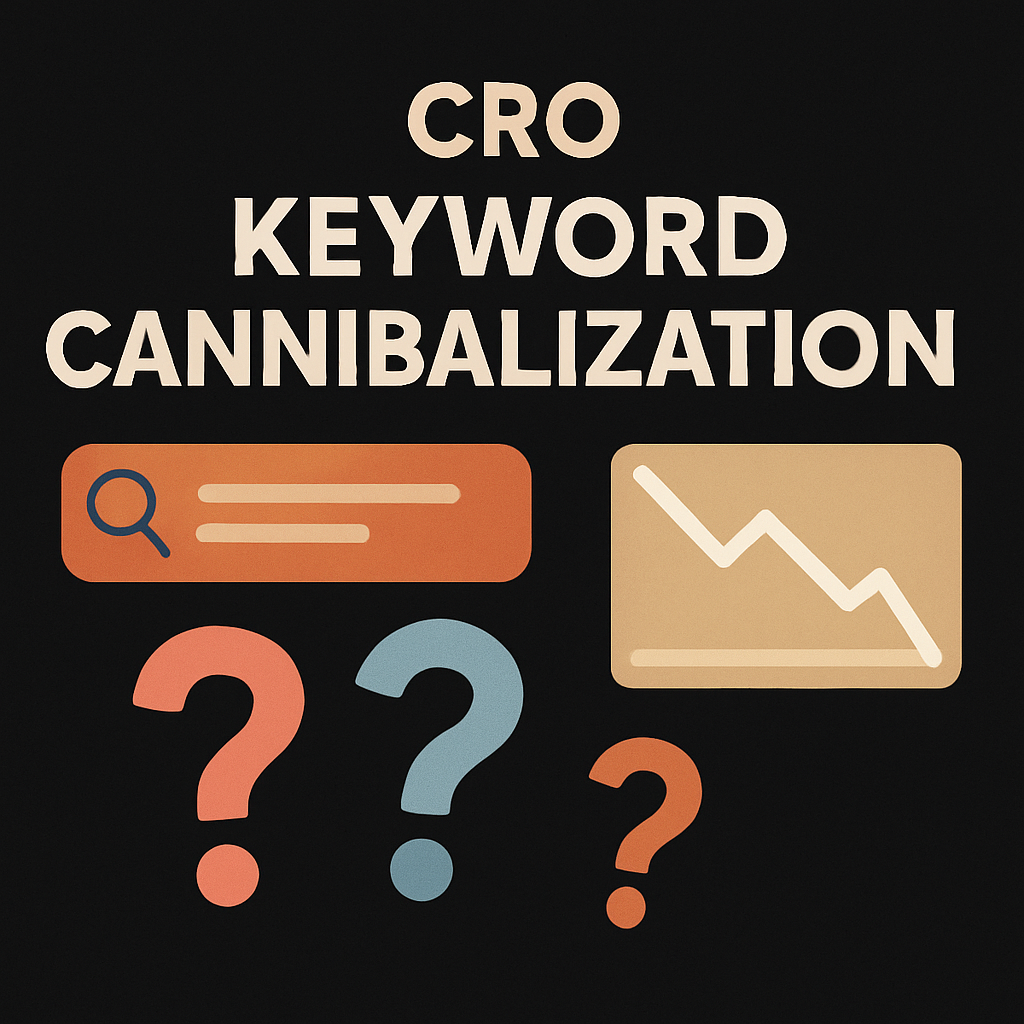
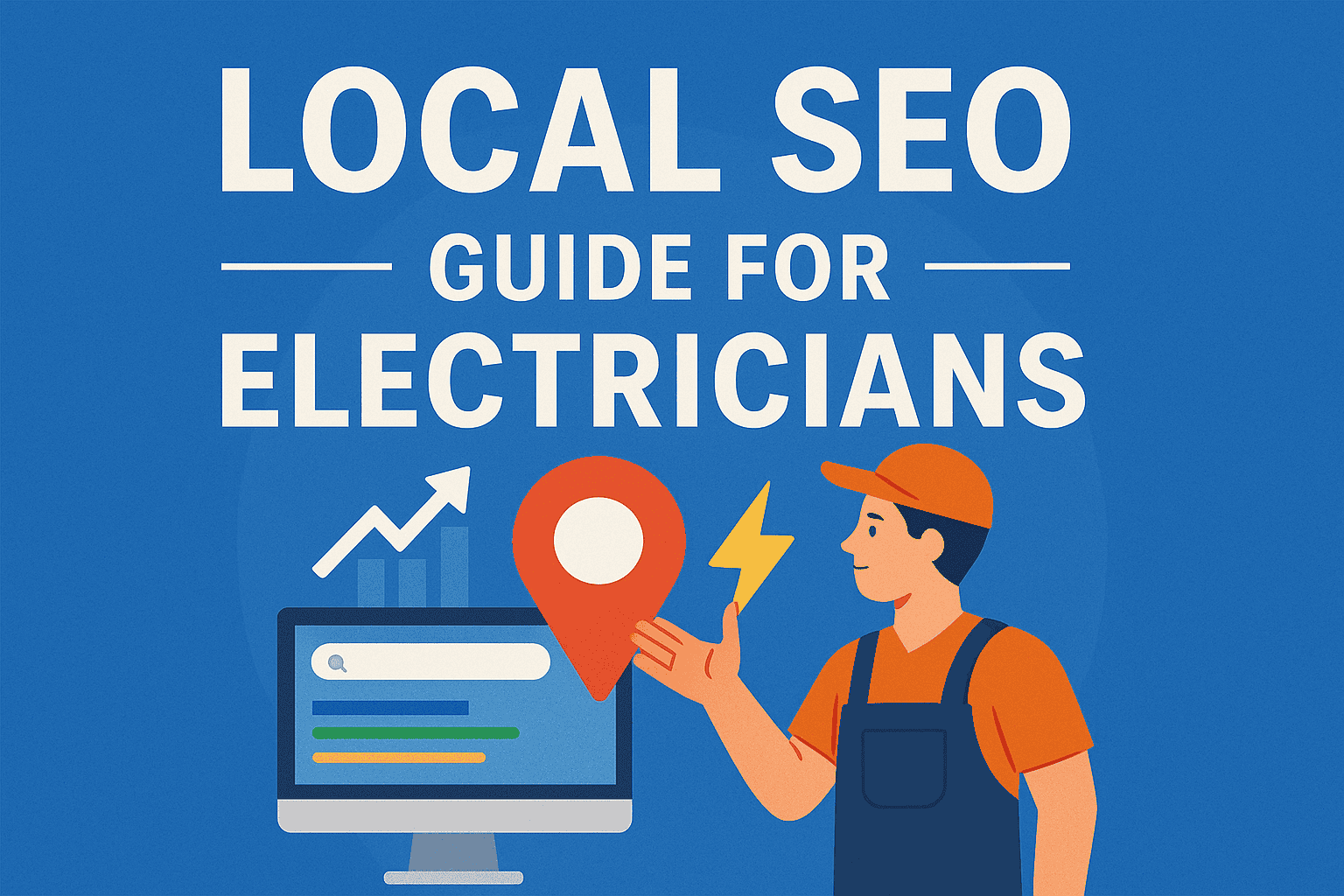


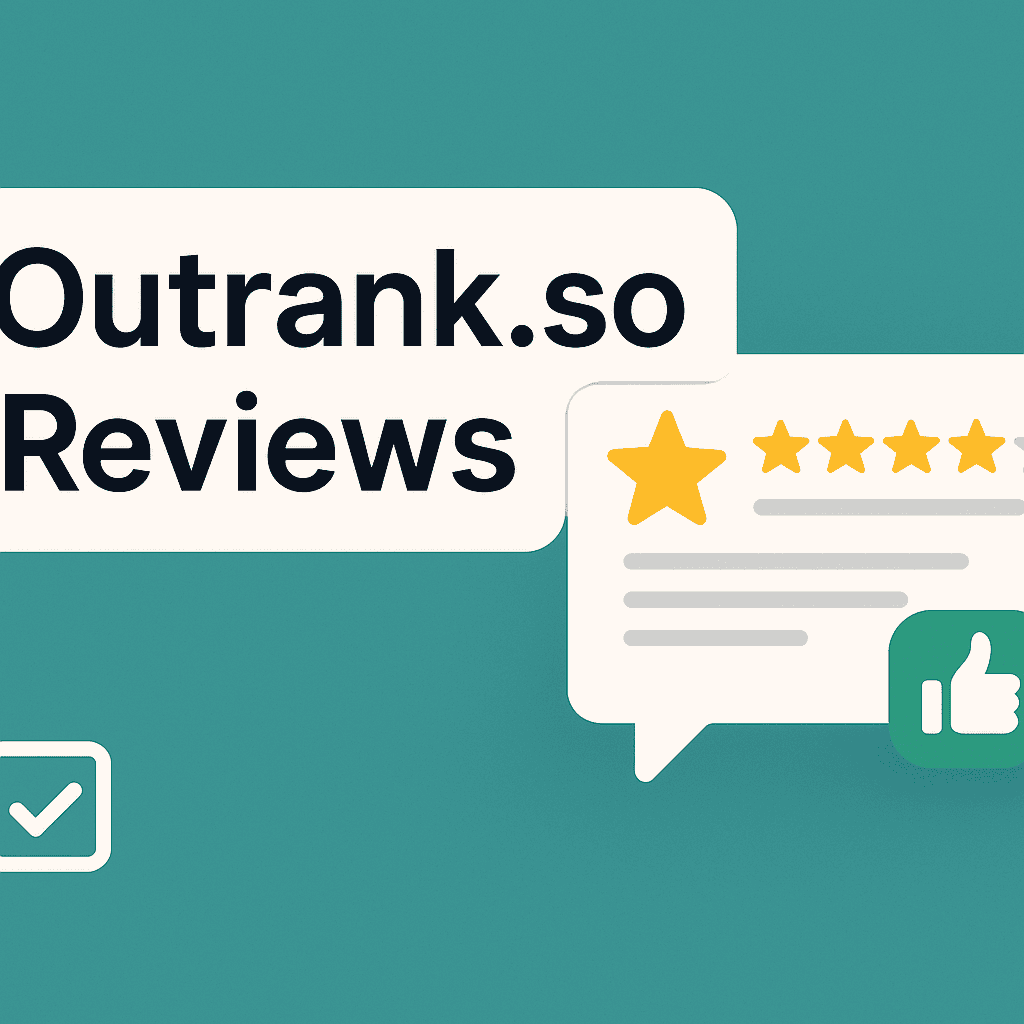

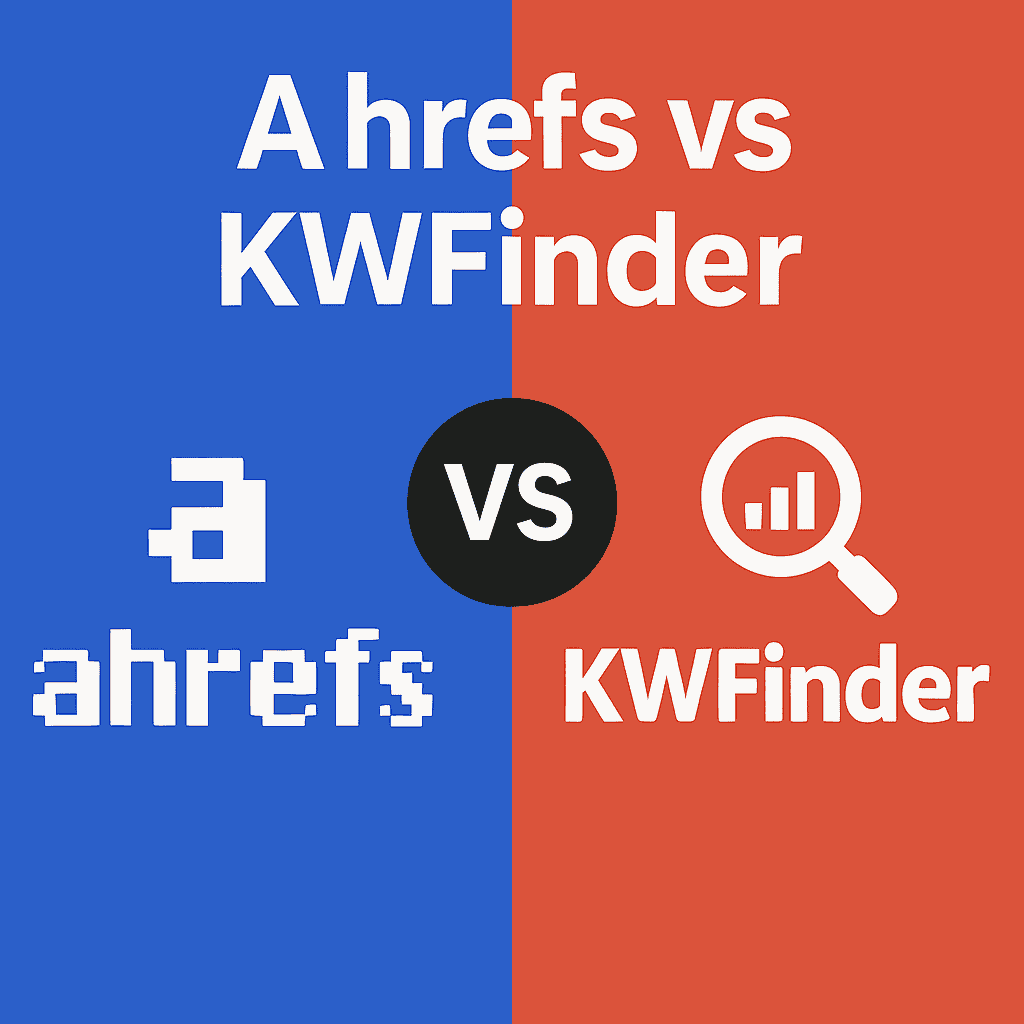

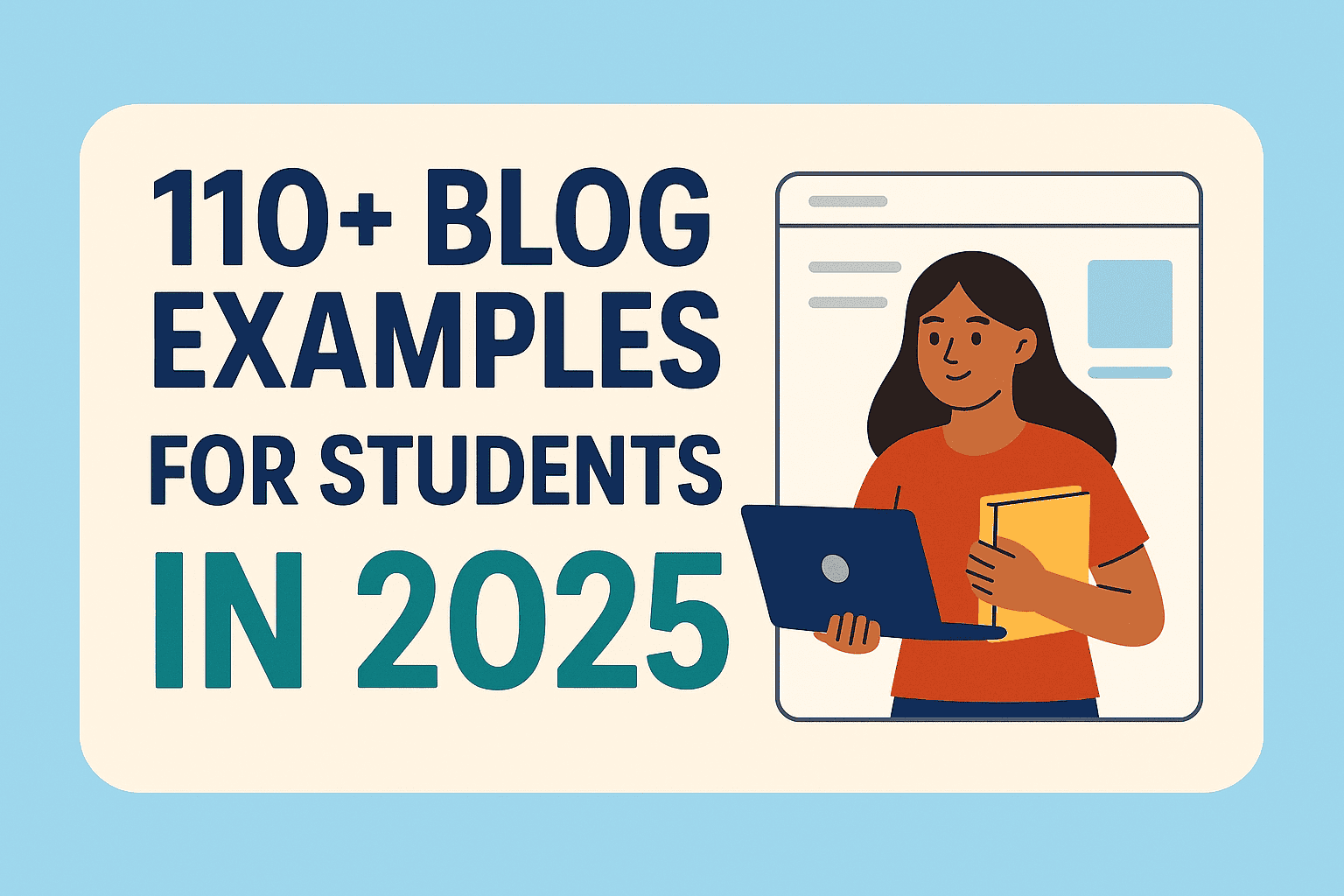
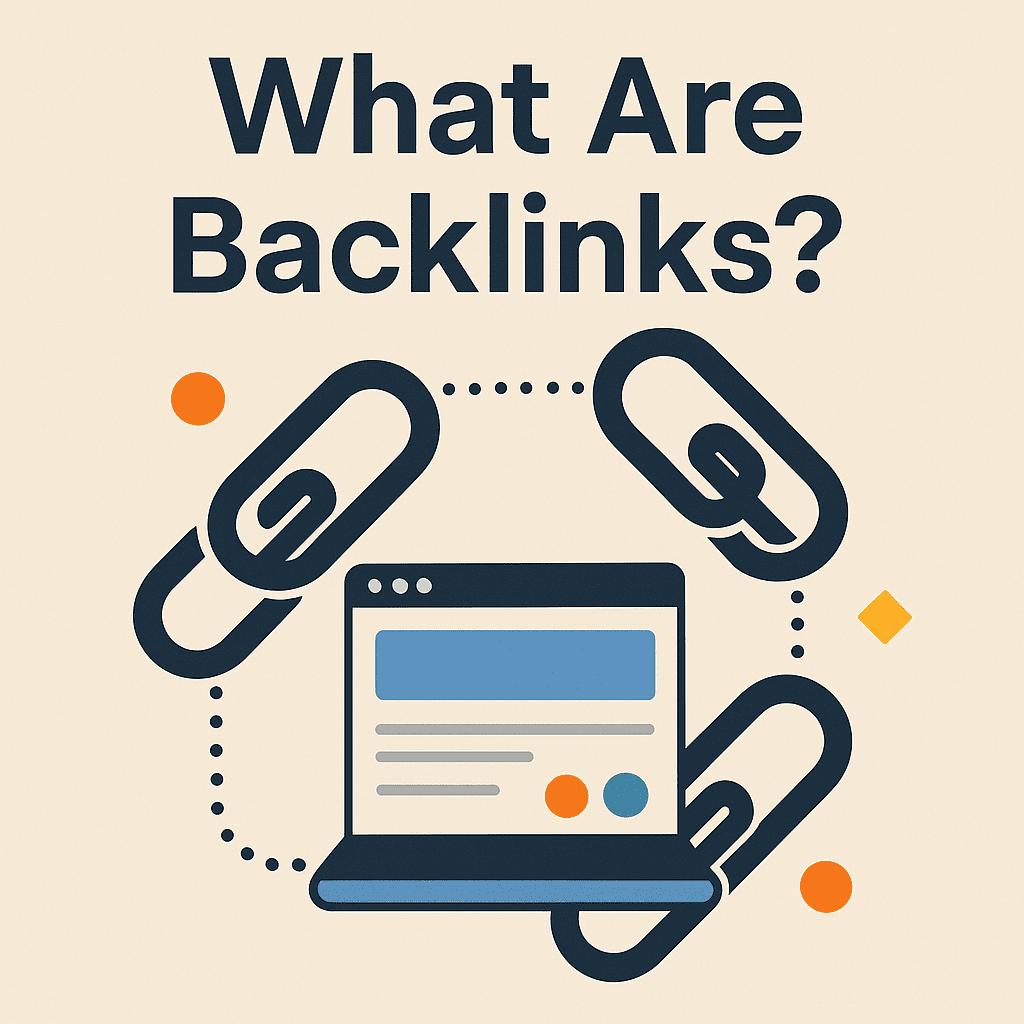


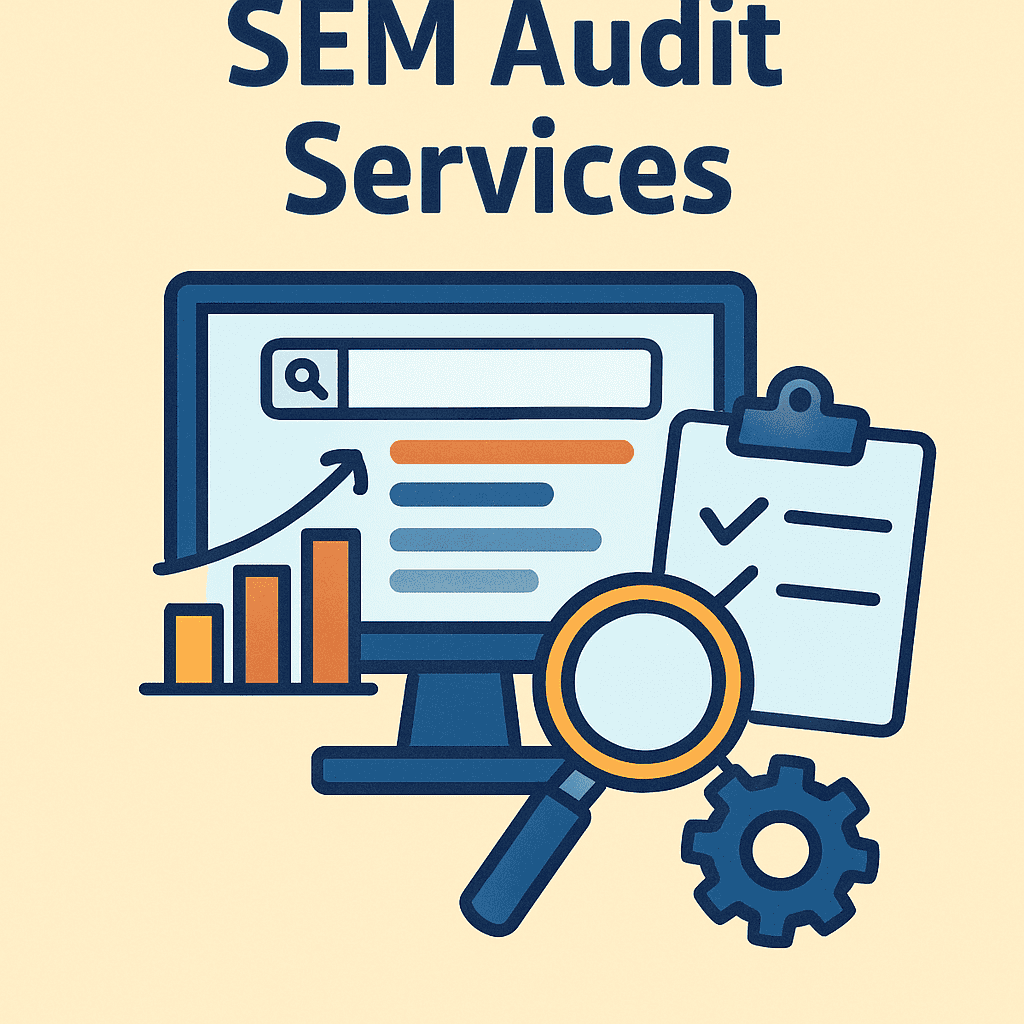













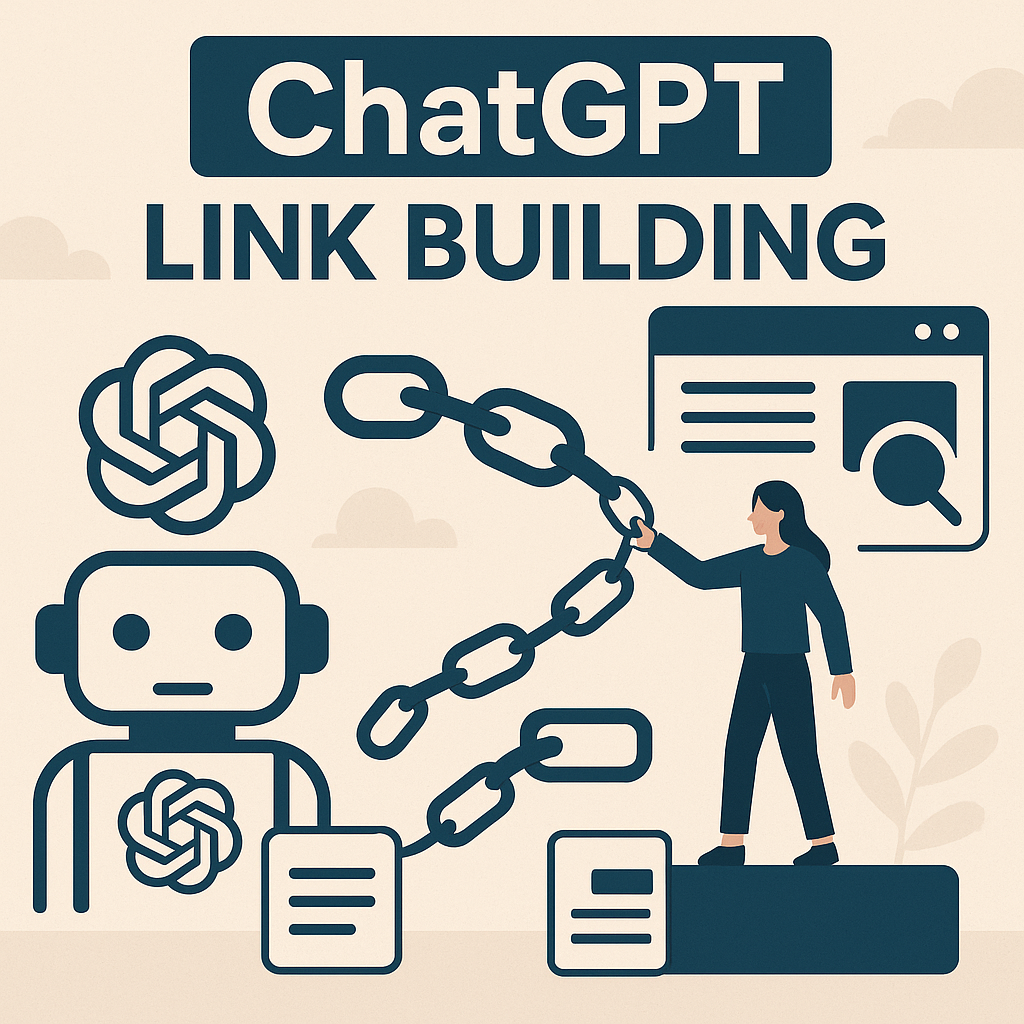
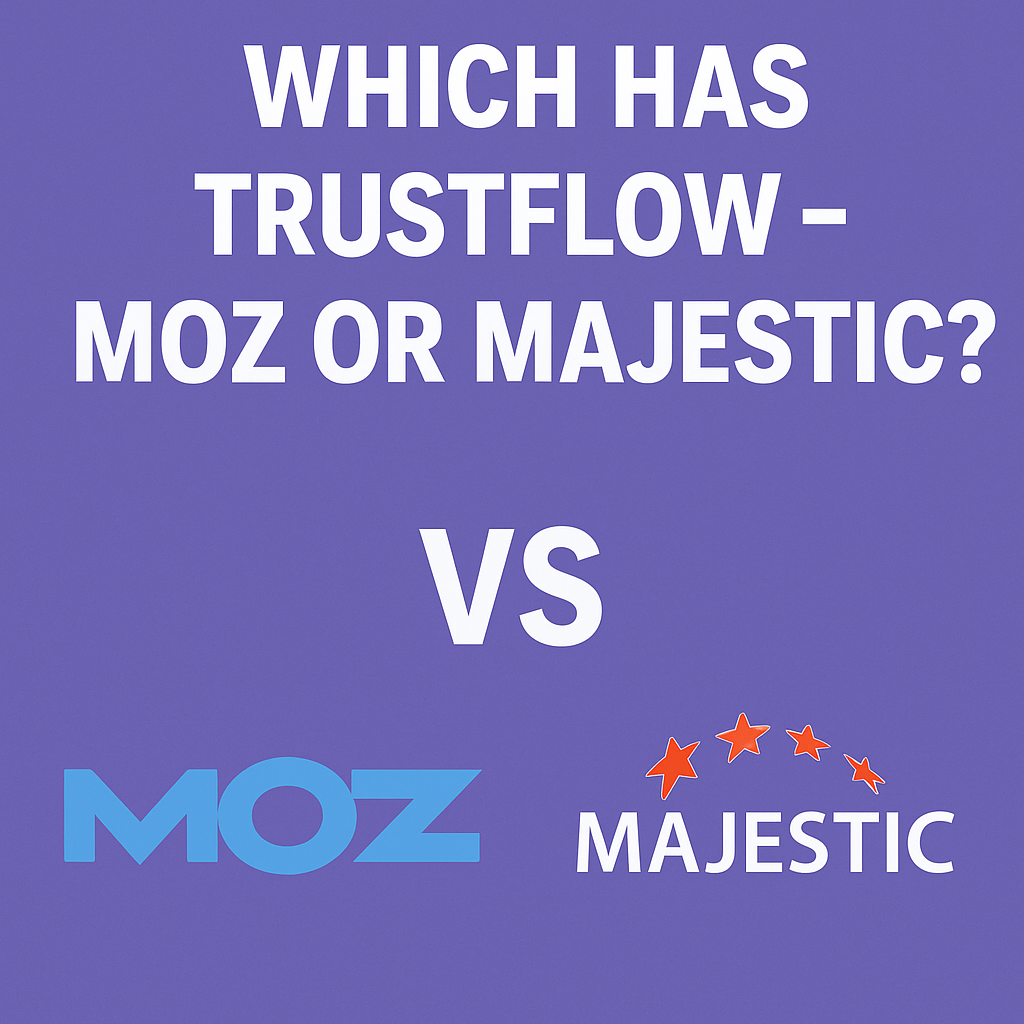


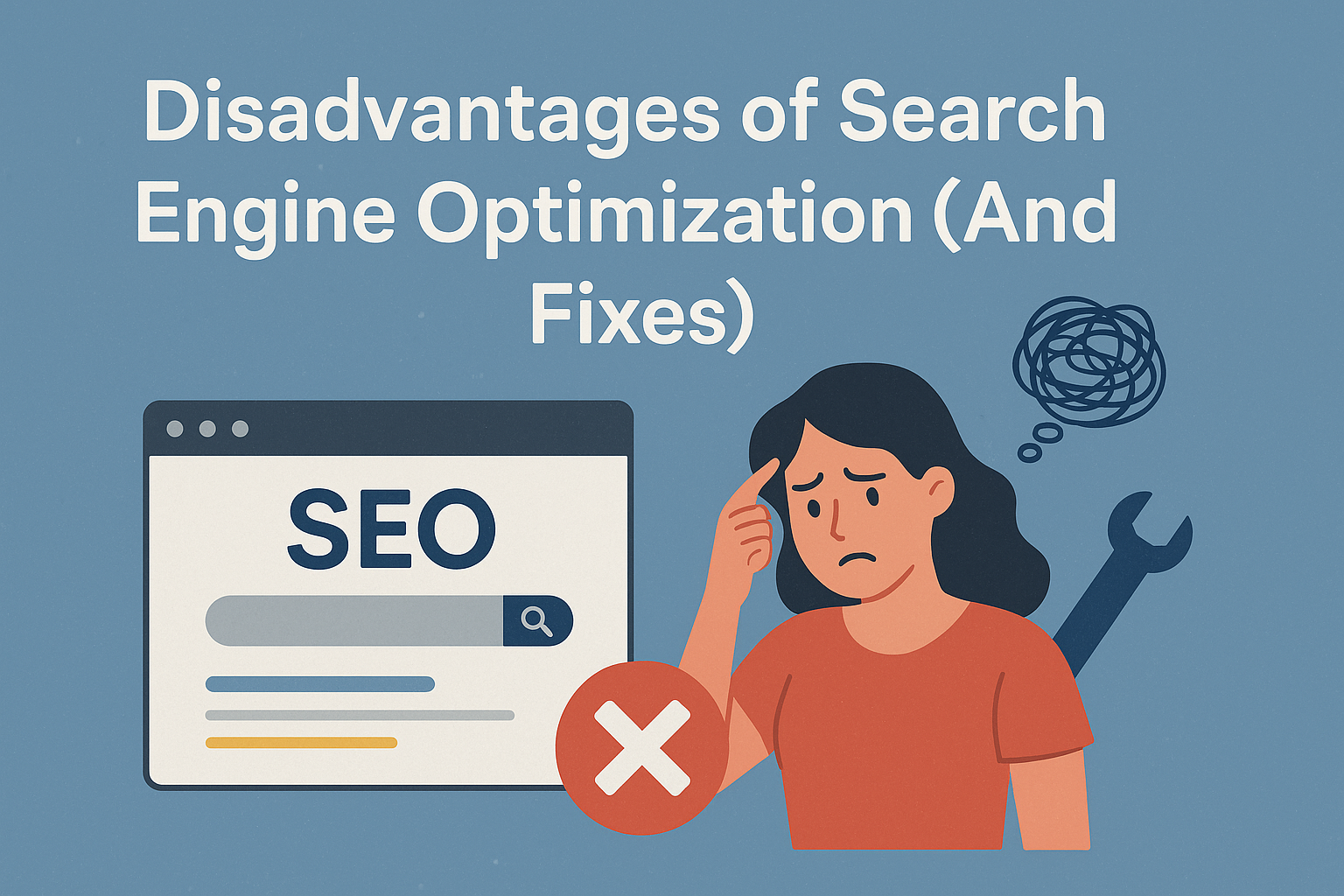




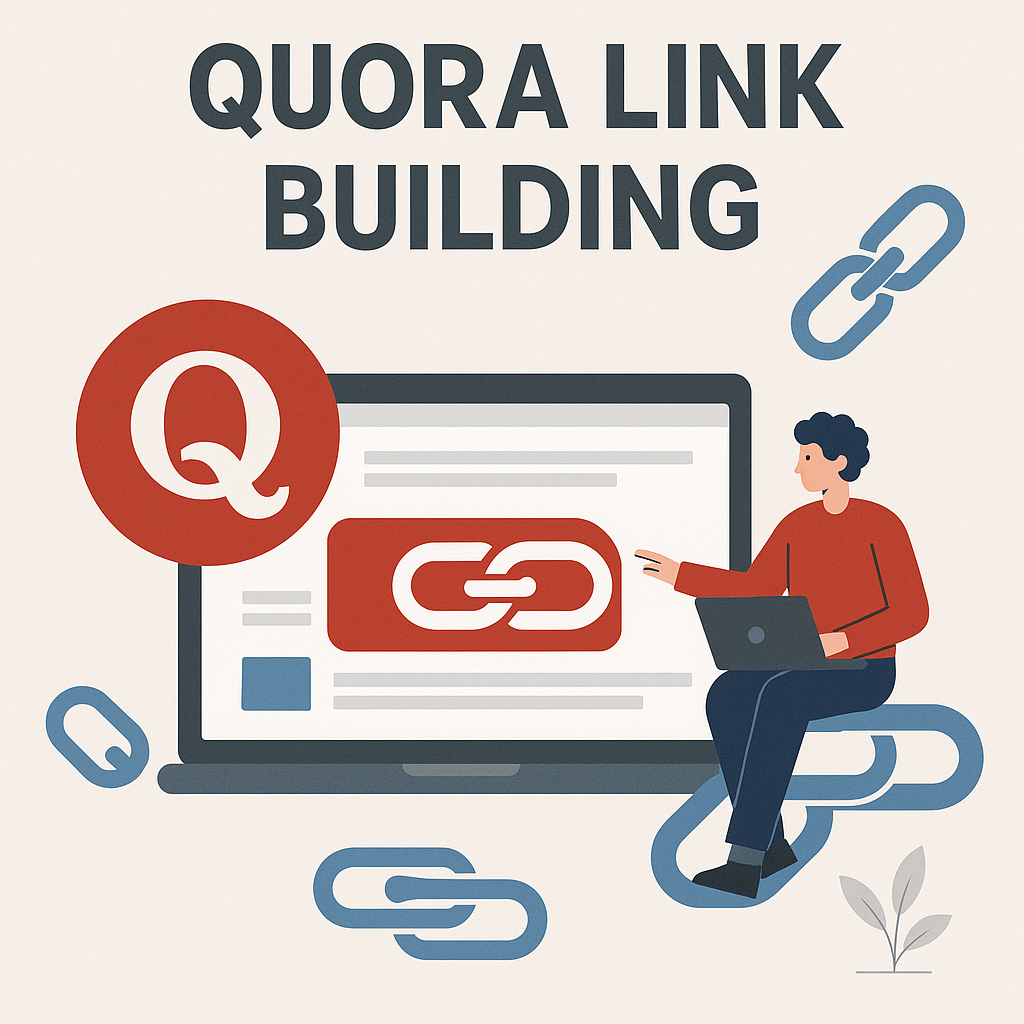
![How Many Outbound Links Per Blog [2025 Updated]](https://backlinkmanagement.io/wp-content/uploads/2025/06/How-Many-Outbound-Links-Per-Blog.png)
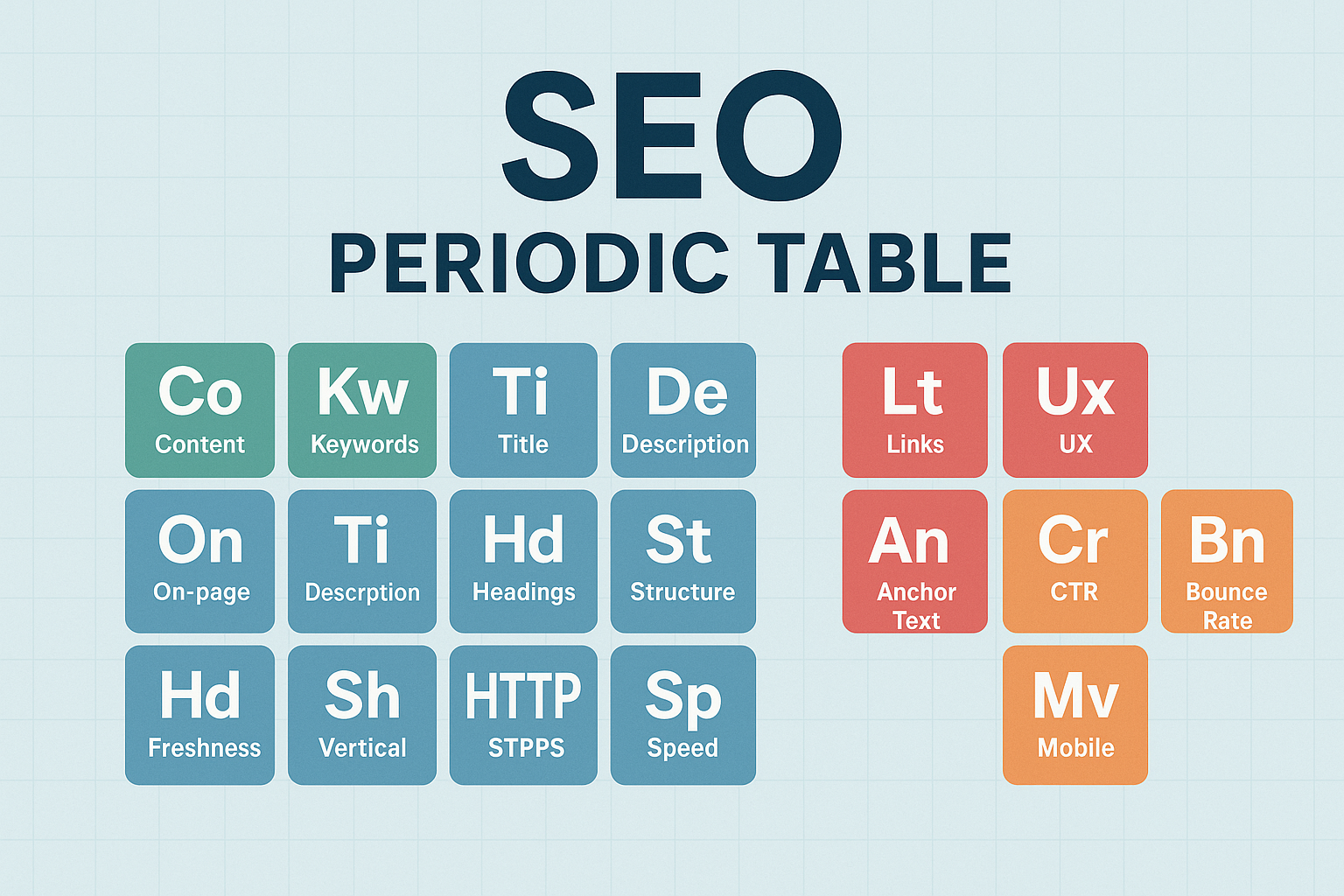


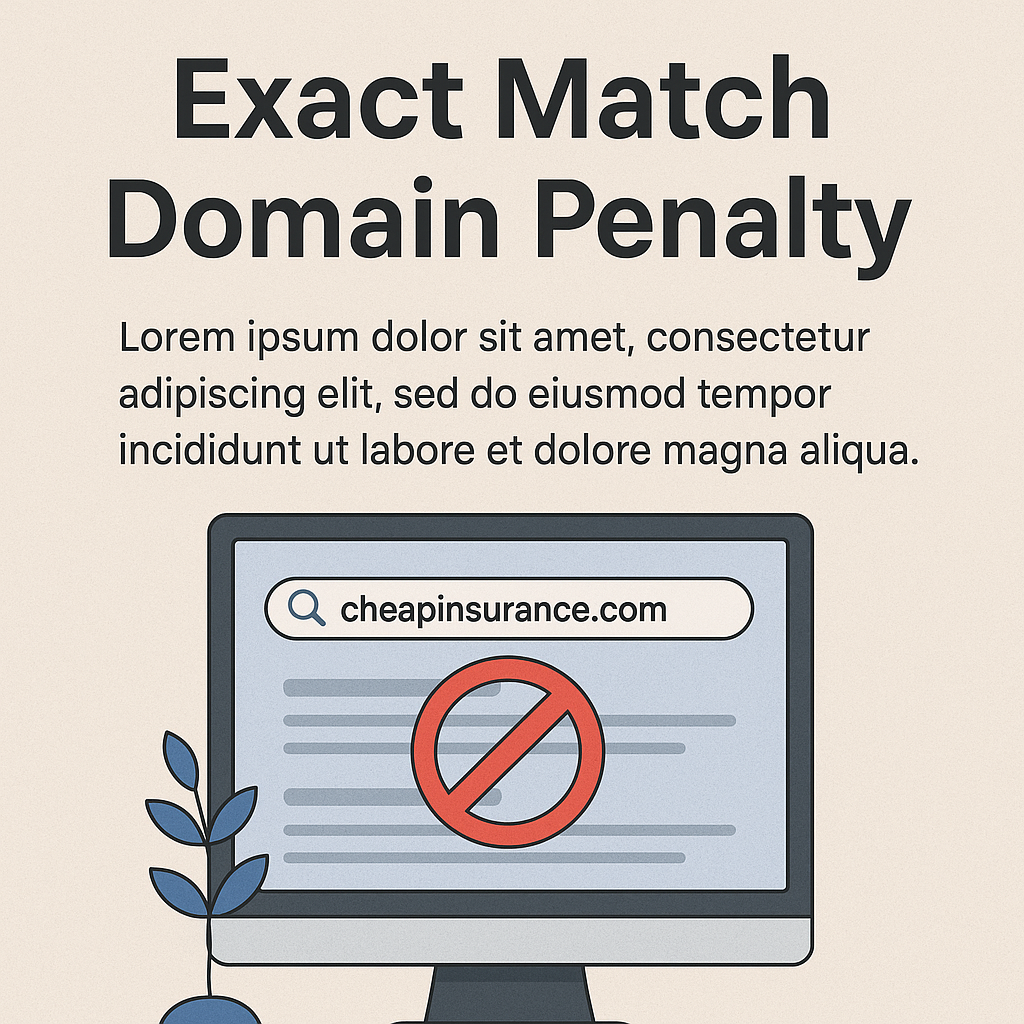
![B2B and B2C Website Examples [2025 Updated]](https://backlinkmanagement.io/wp-content/uploads/2025/05/B2B-and-B2C-Website-Example-.png)
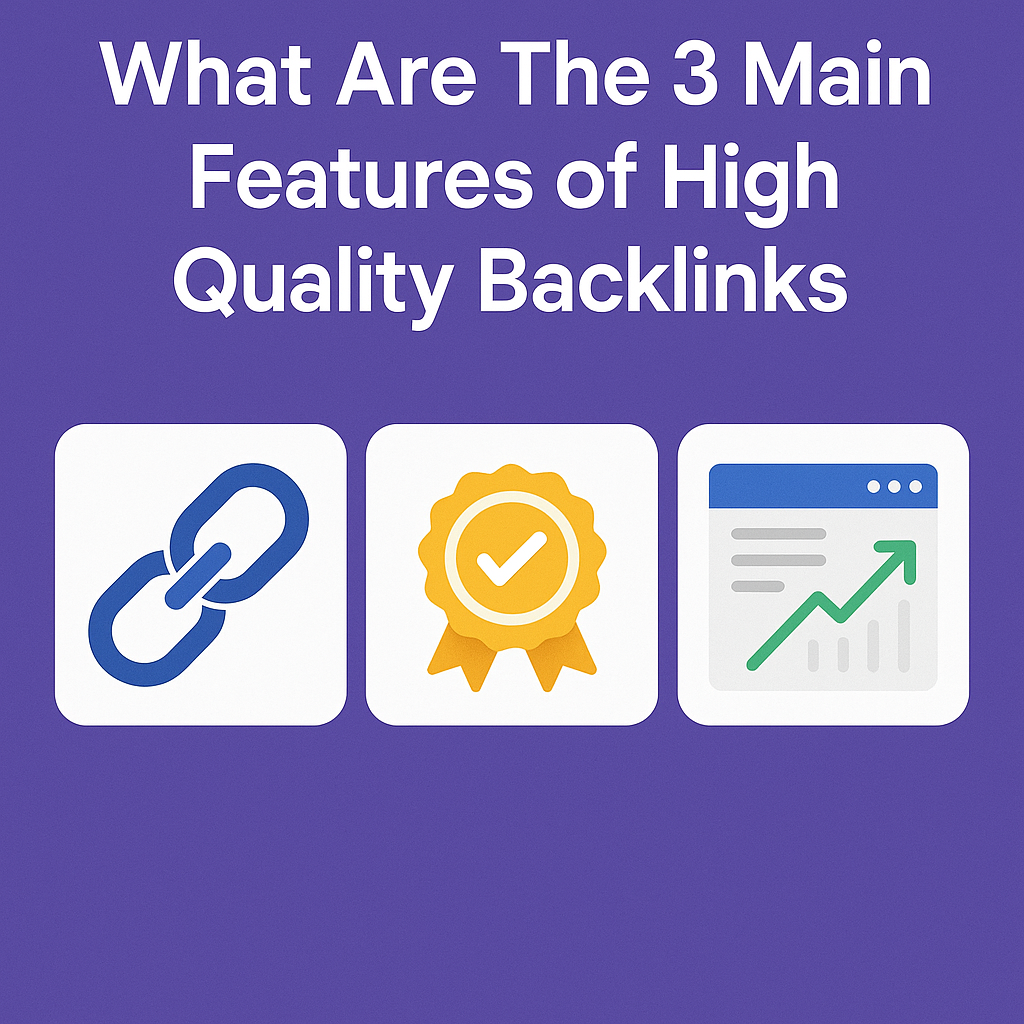
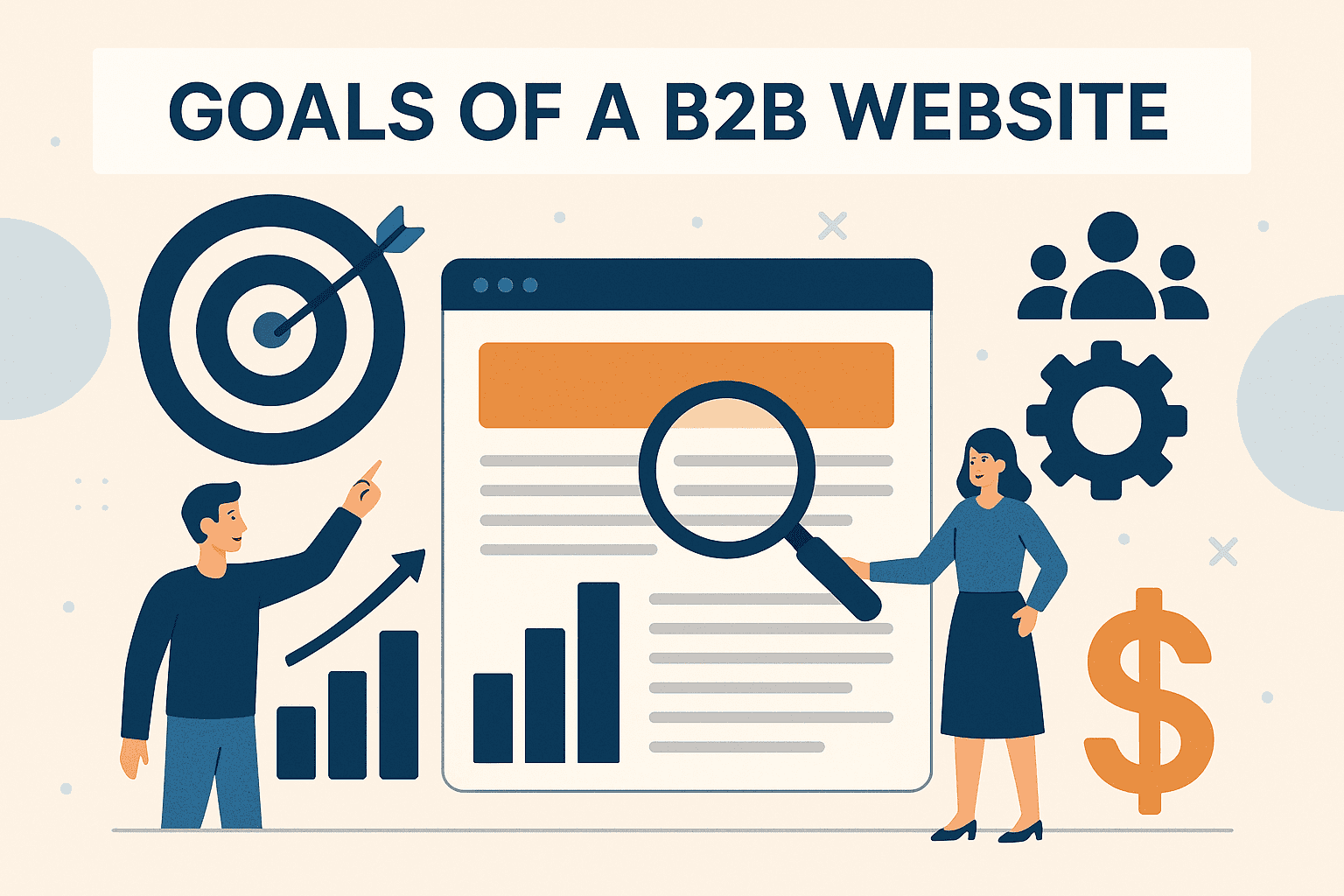
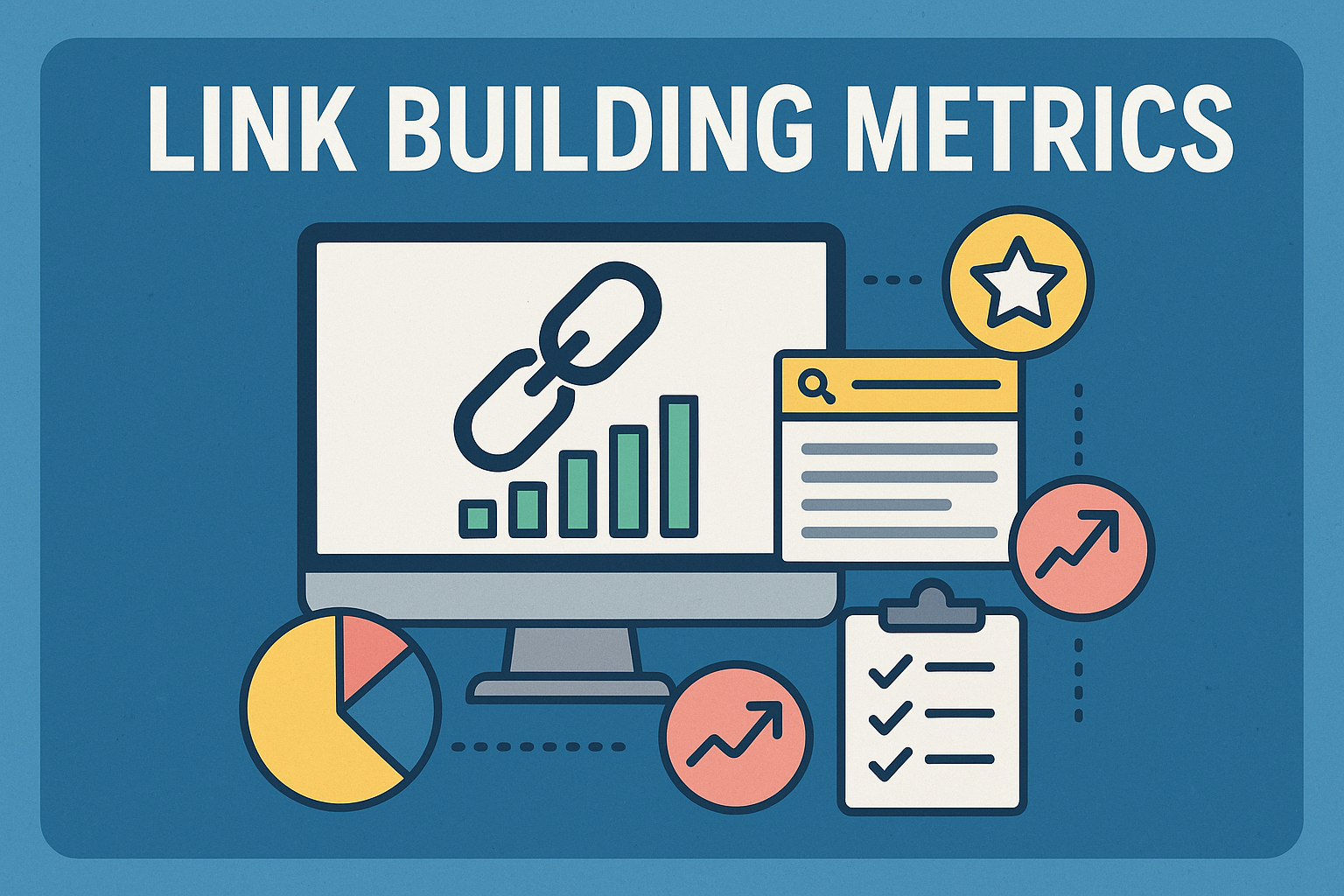
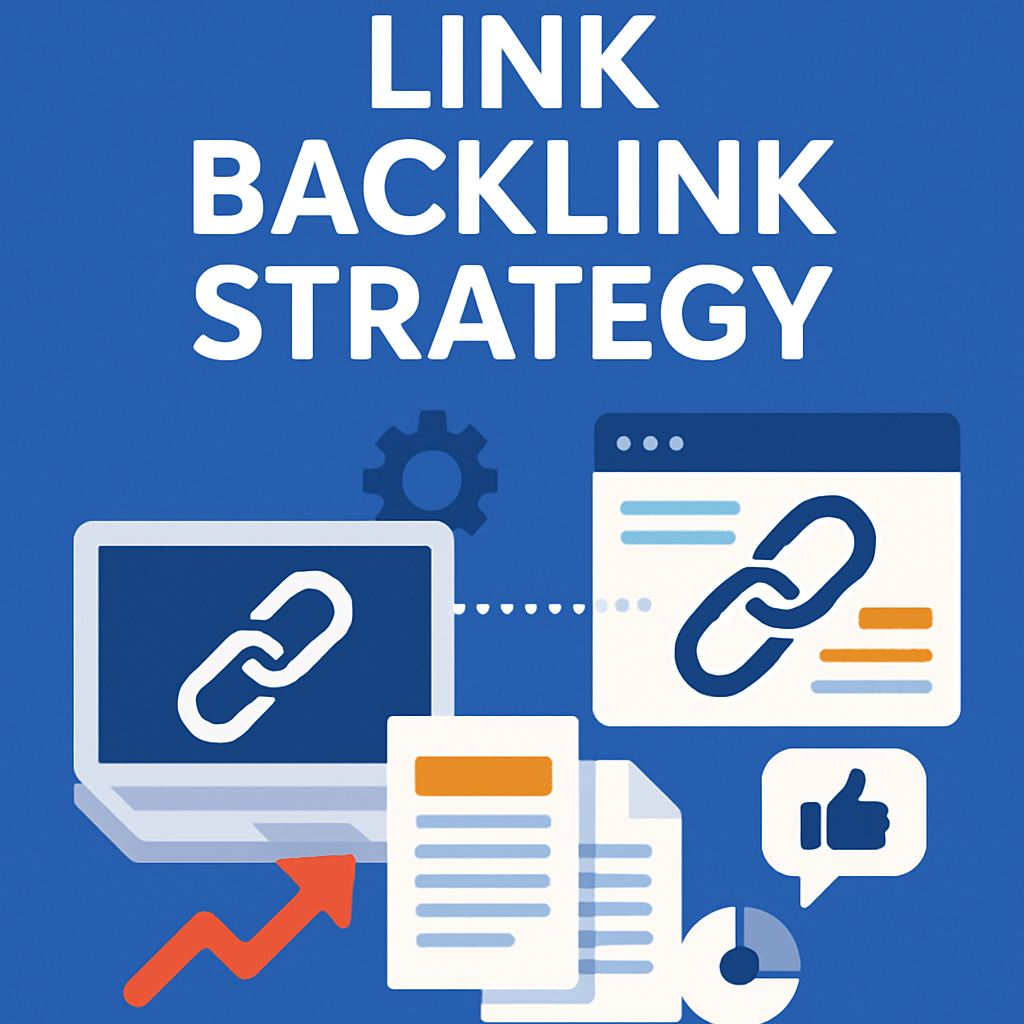
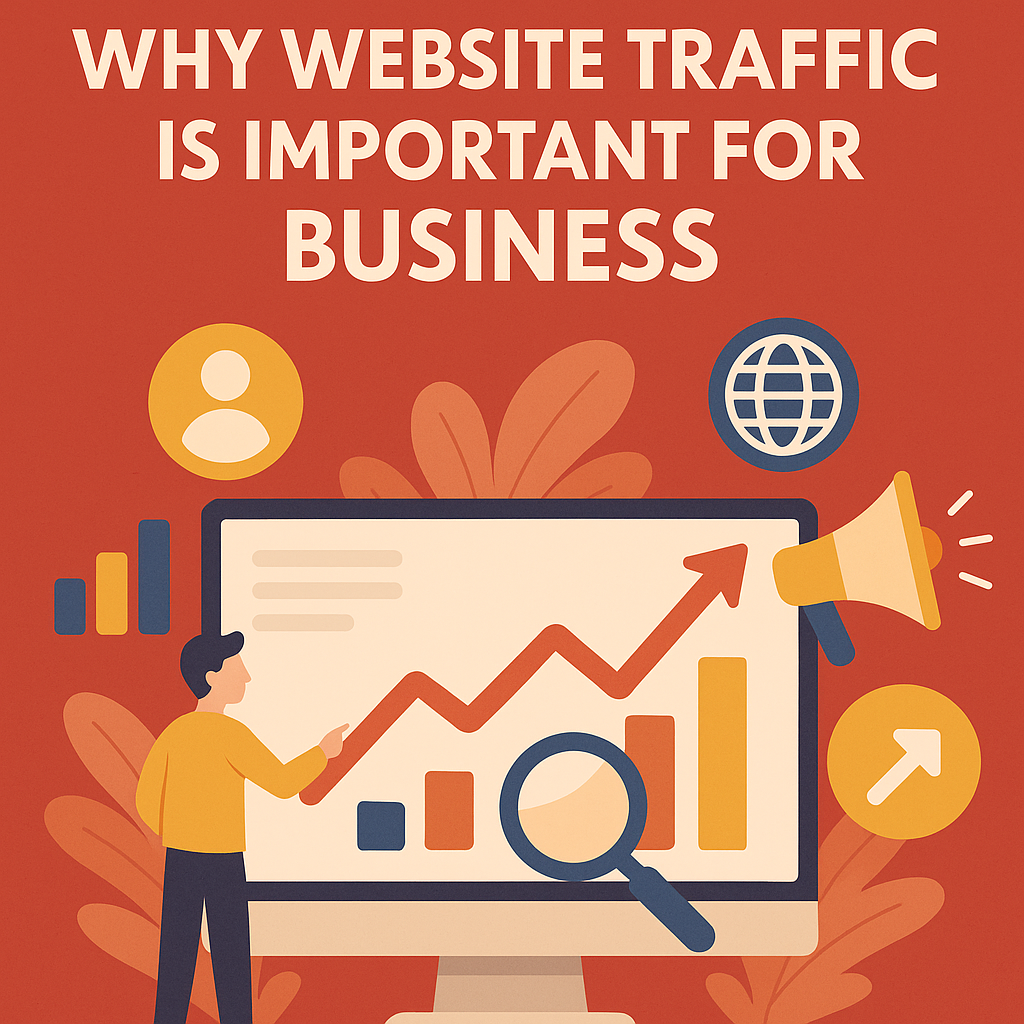

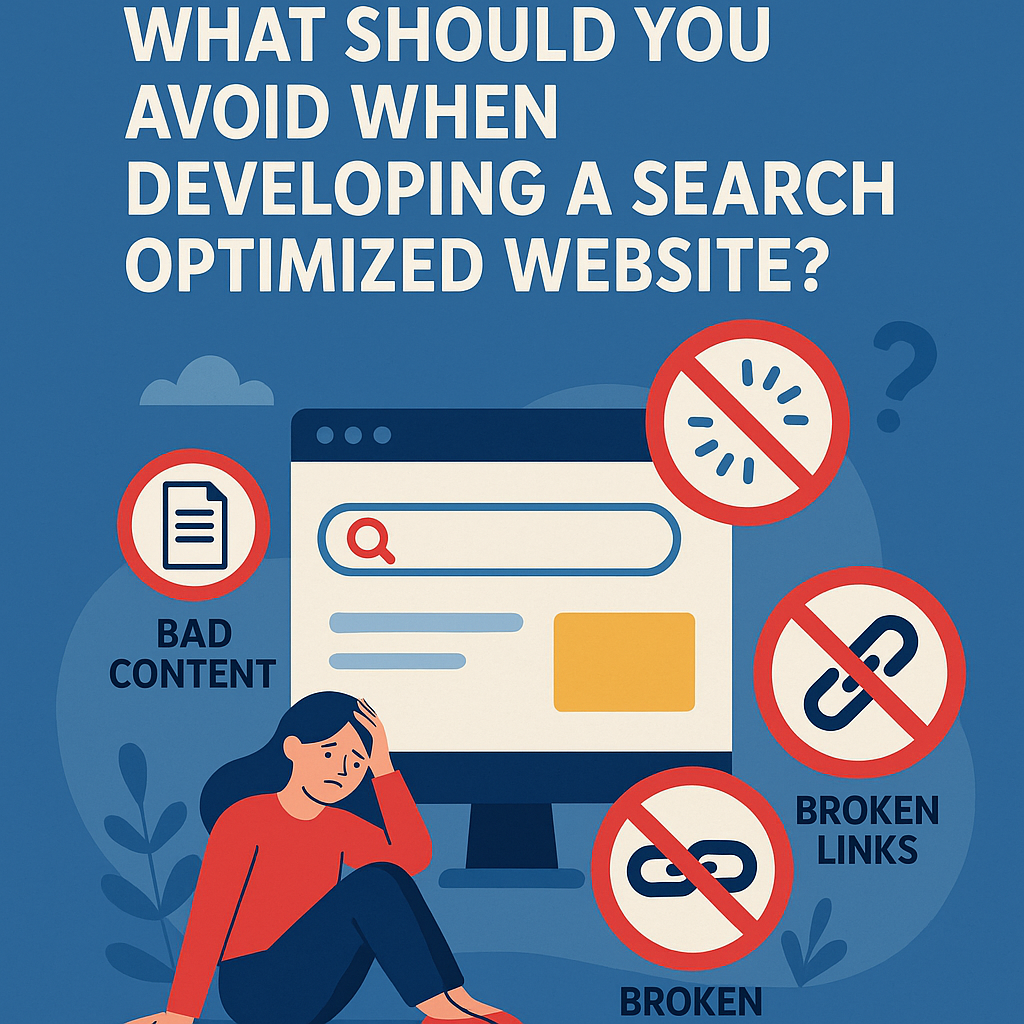
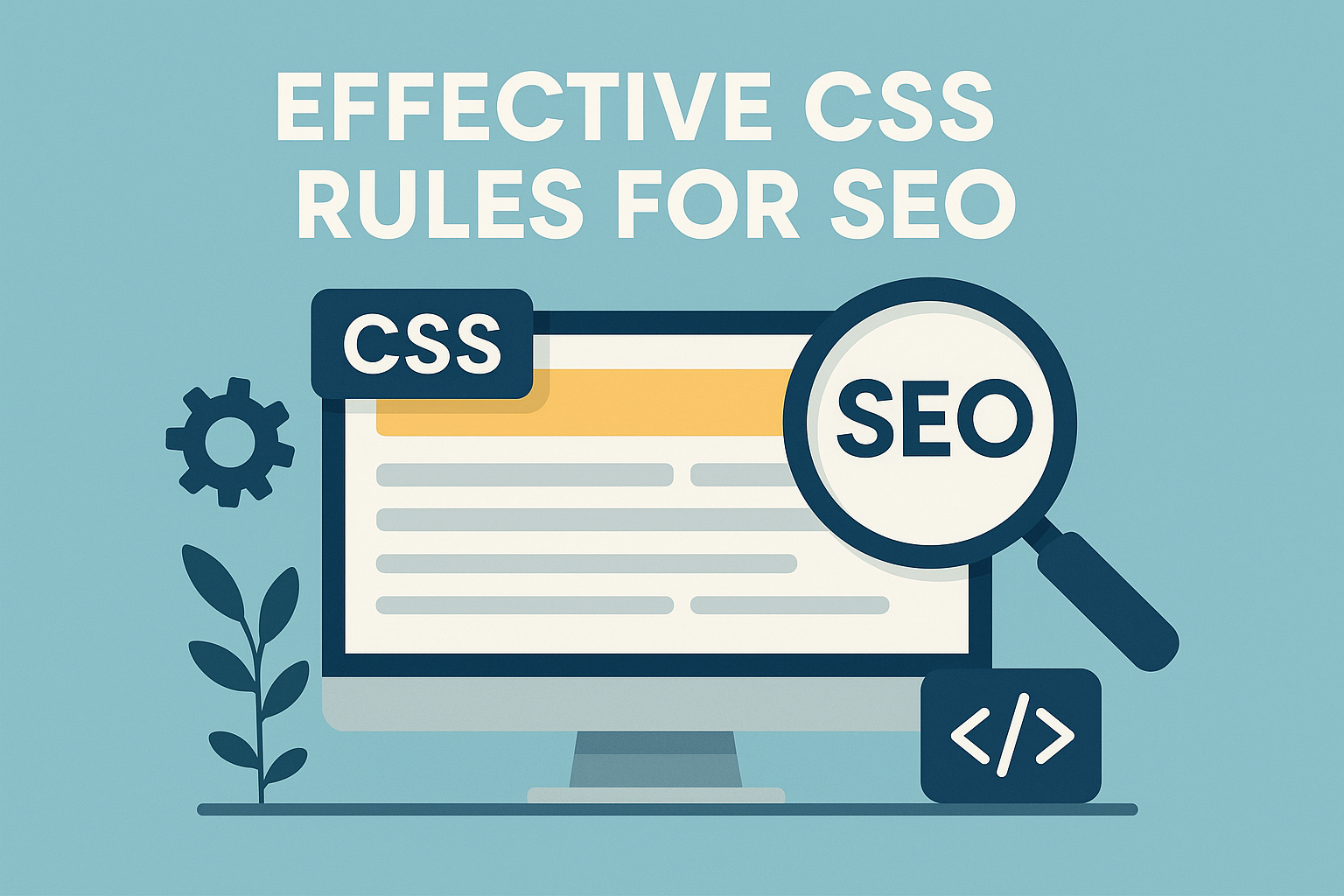

![What To Do After Keyword Research [2025 Guide]](https://backlinkmanagement.io/wp-content/uploads/2025/05/What-To-Do-After-Keyword-Research.png)
![Is Page Speed Really A Ranking Factor? [2025]](https://backlinkmanagement.io/wp-content/uploads/2025/05/Is-Page-Speed-Really-A-Ranking-Factor.png)
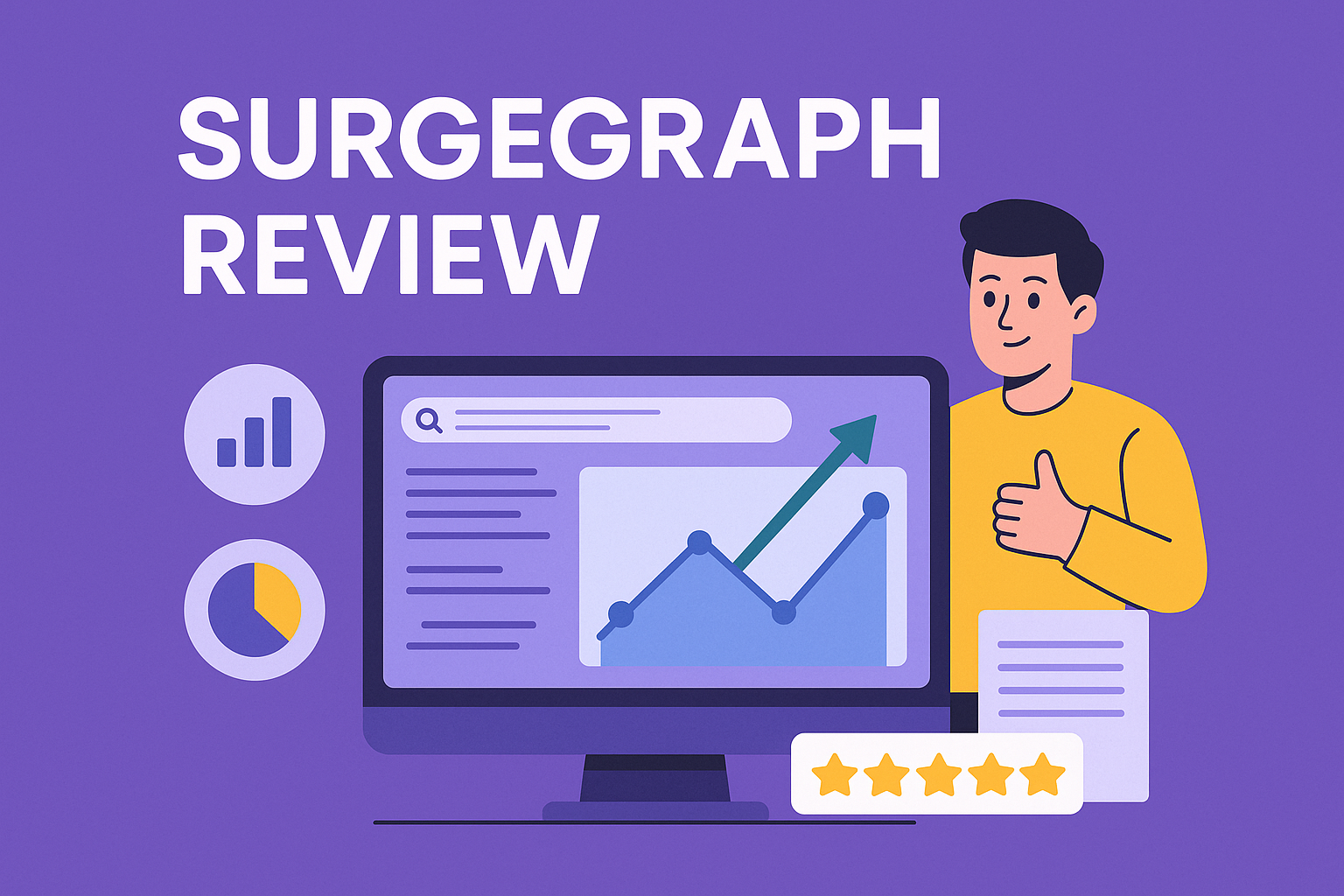





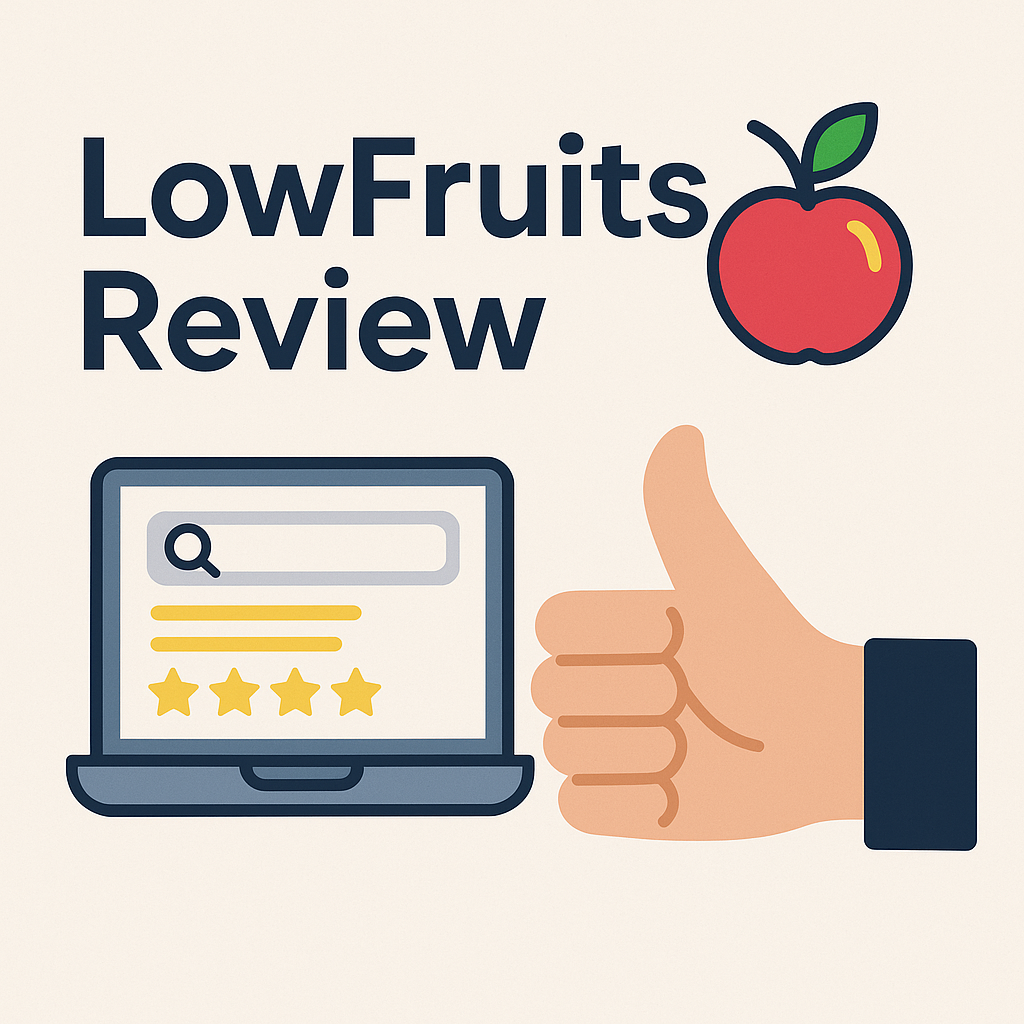
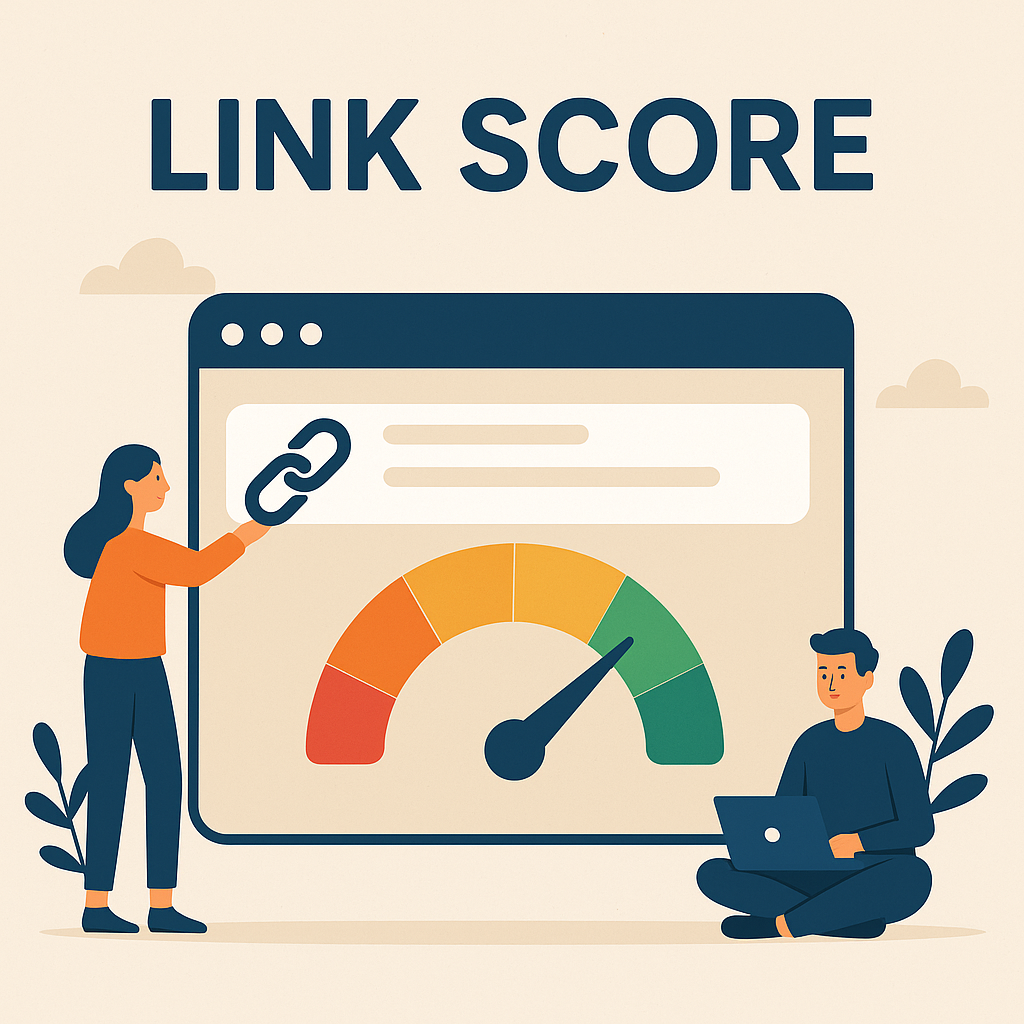
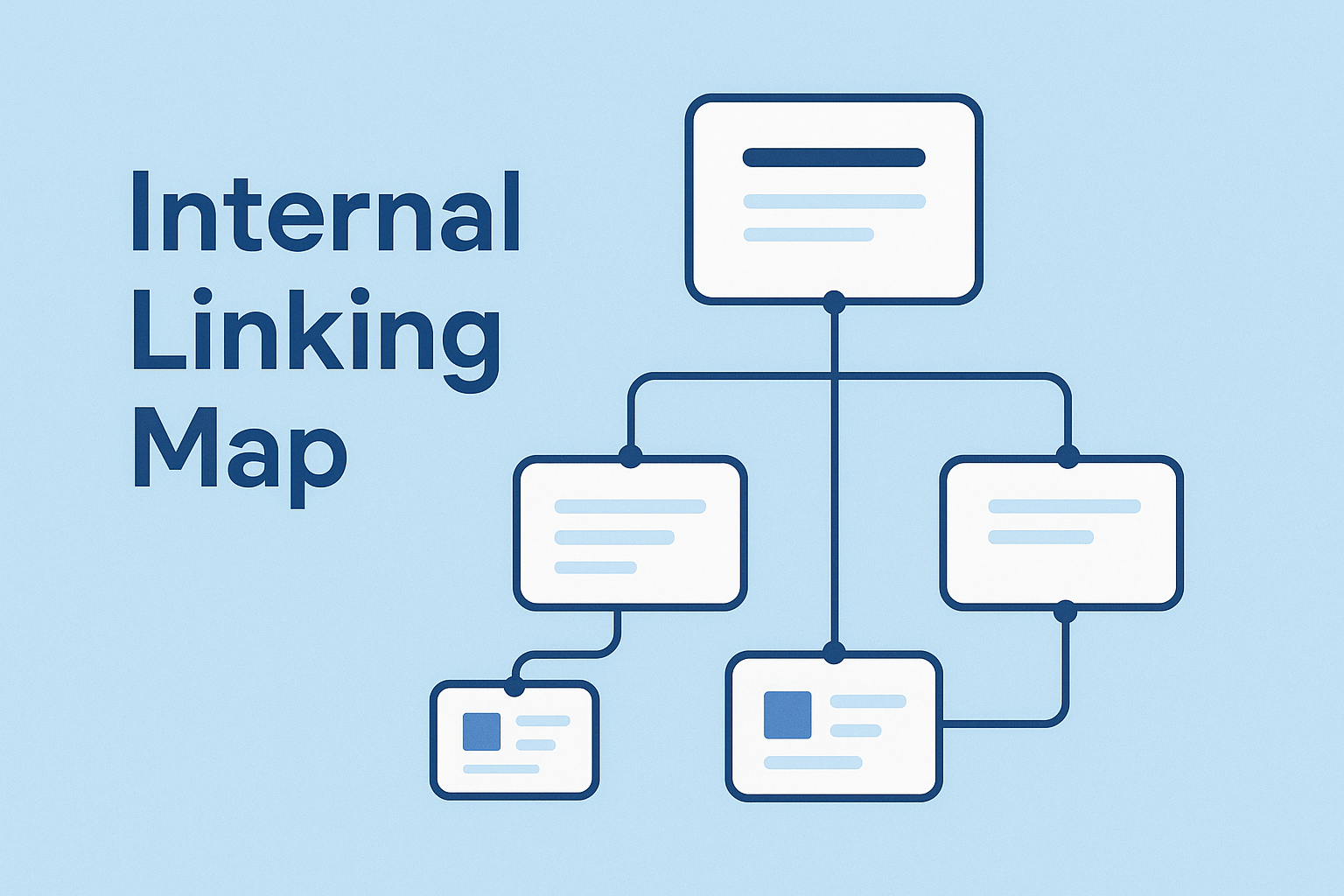

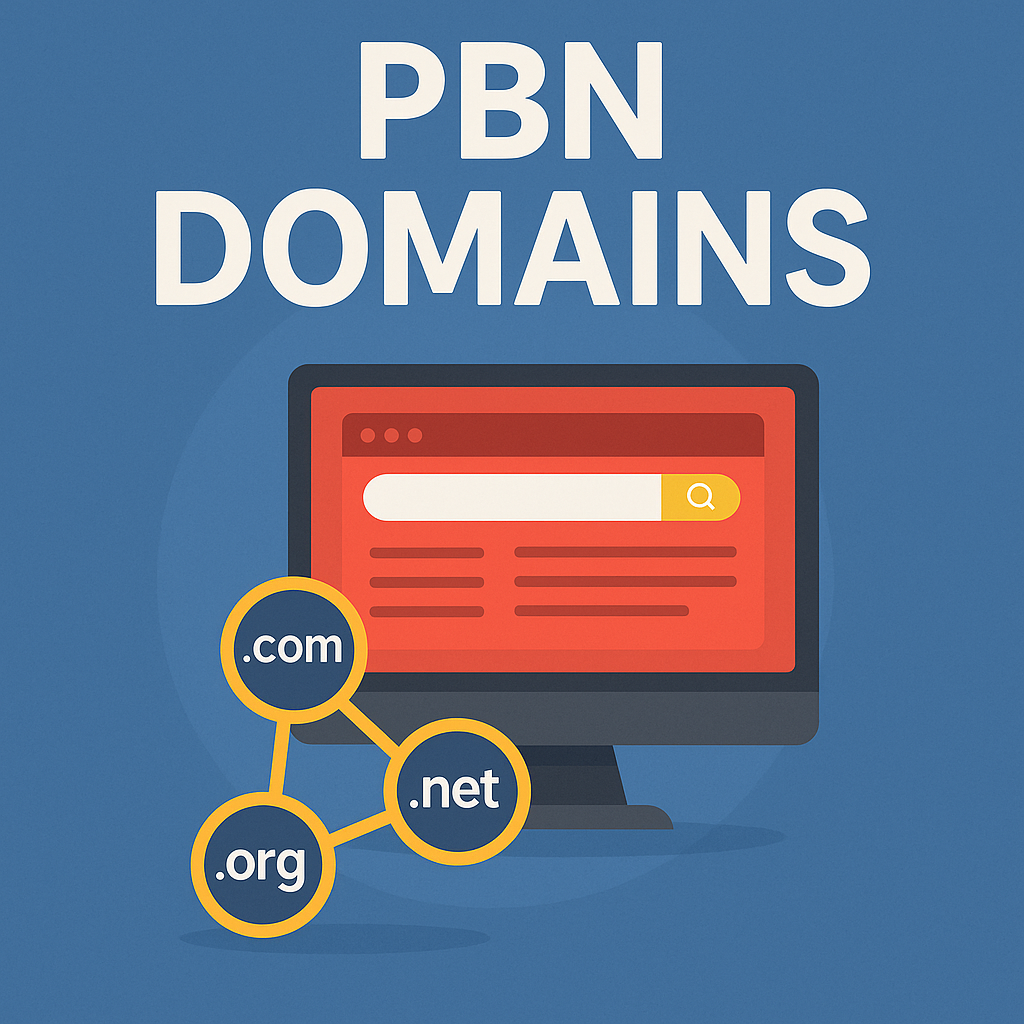
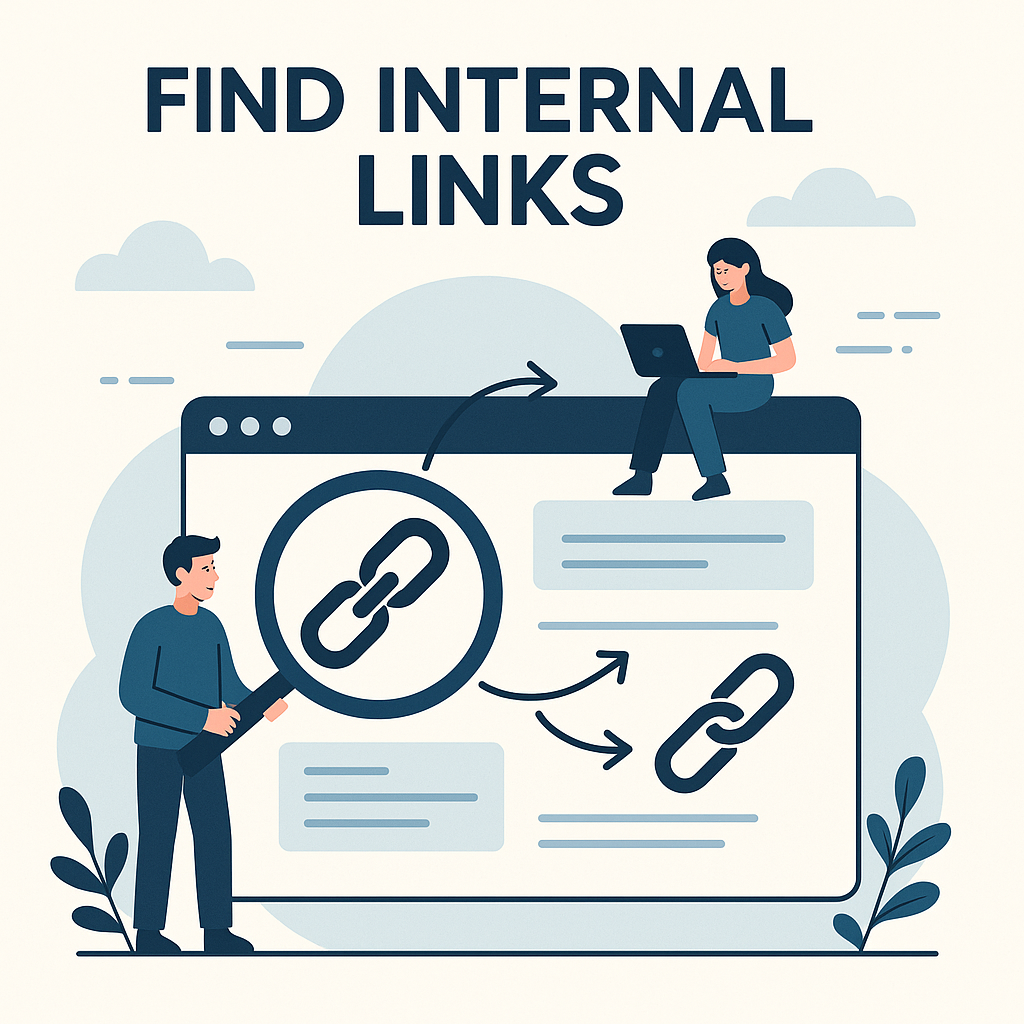
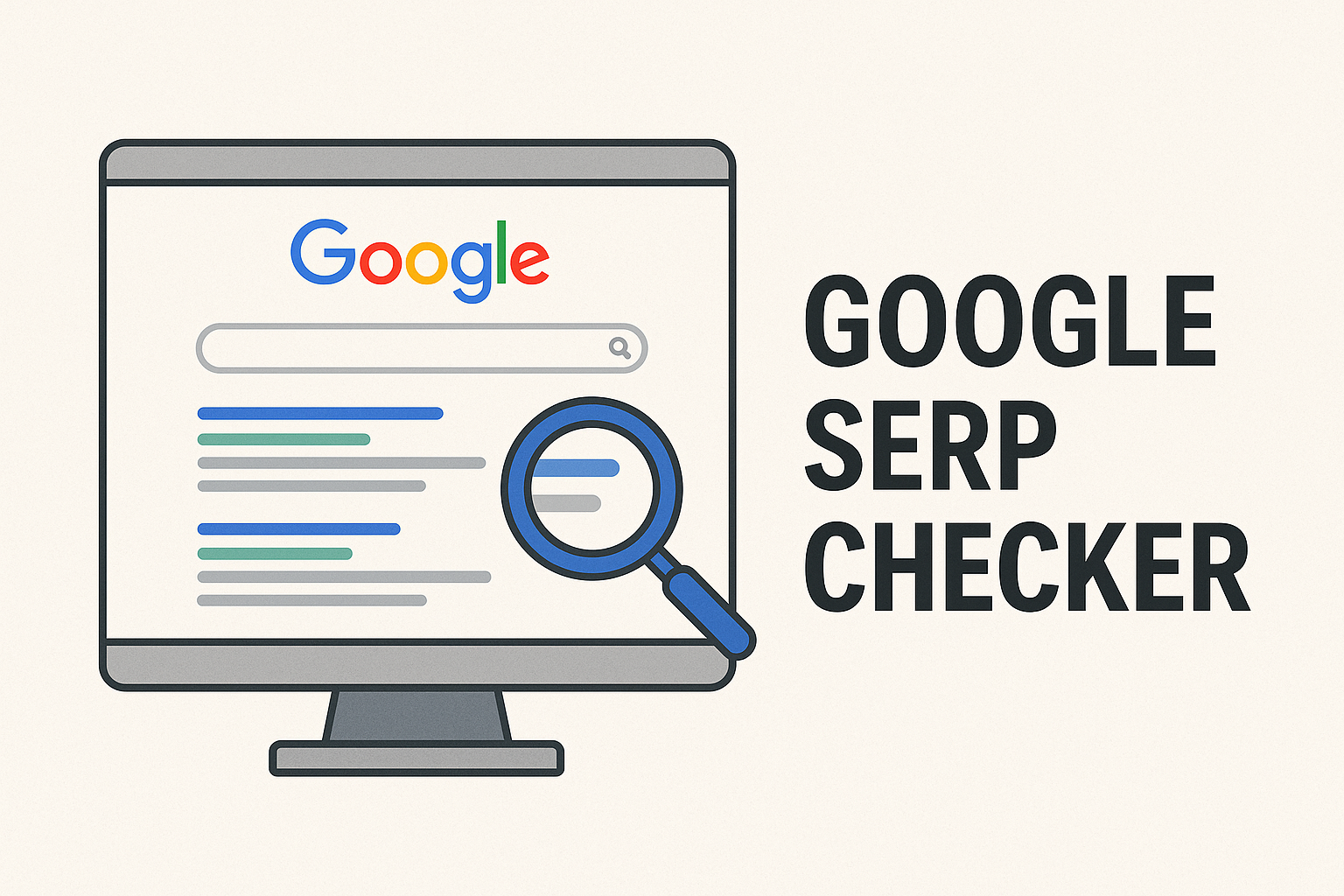


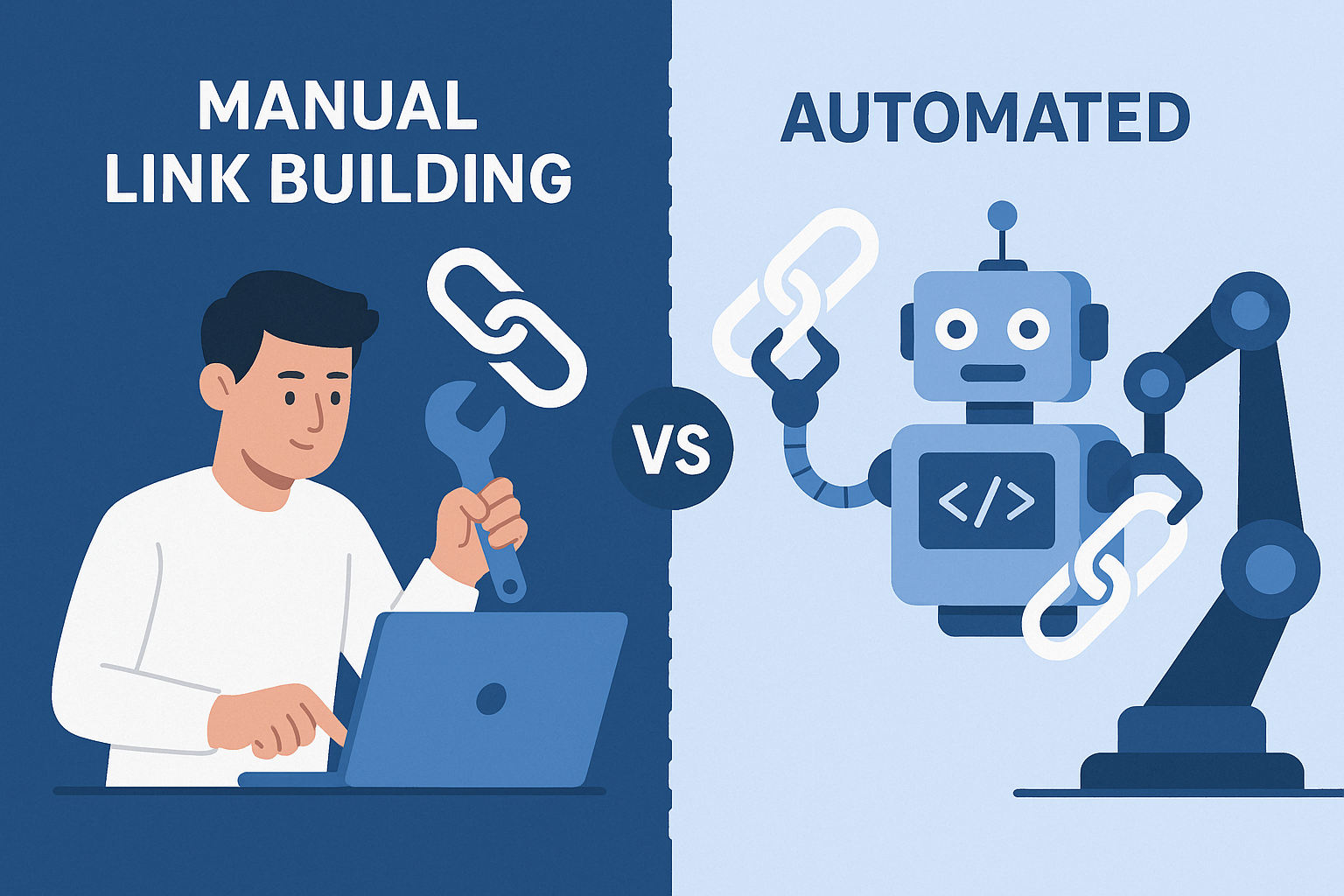

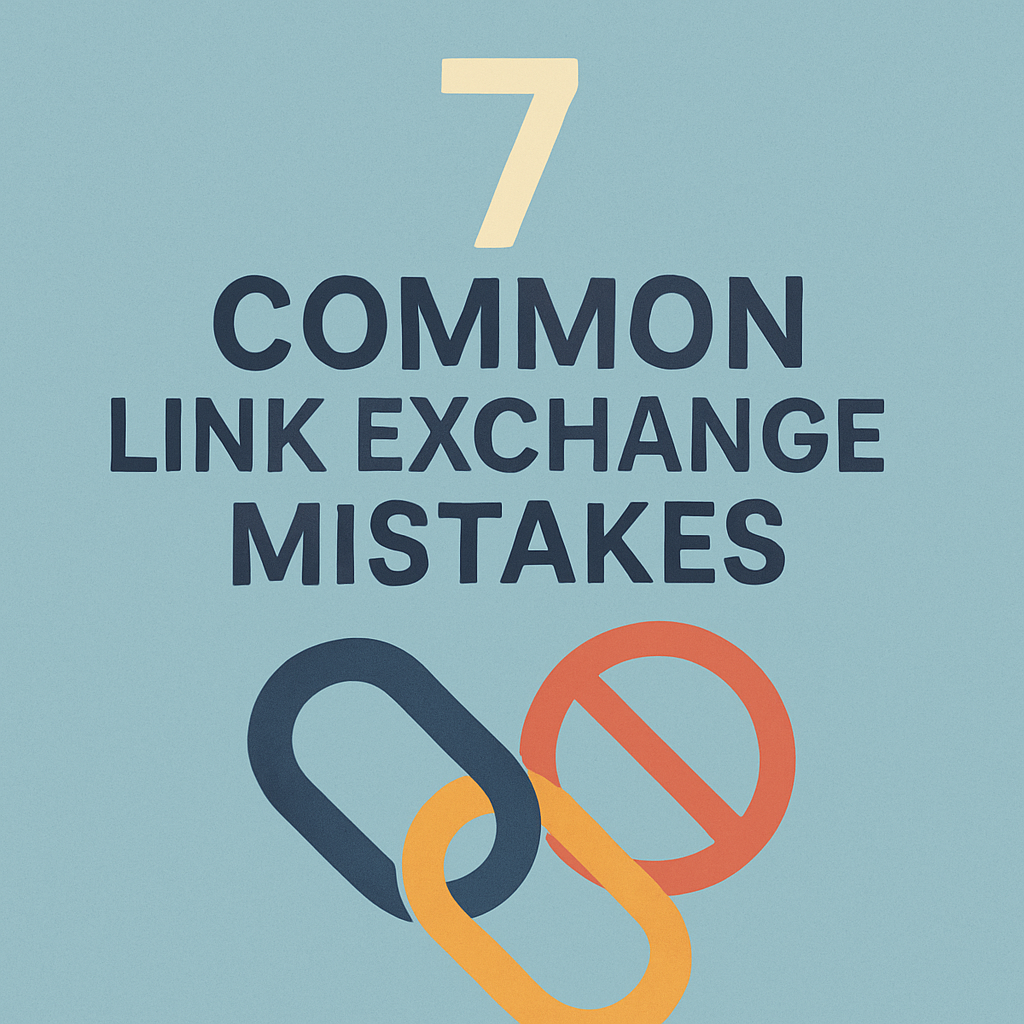

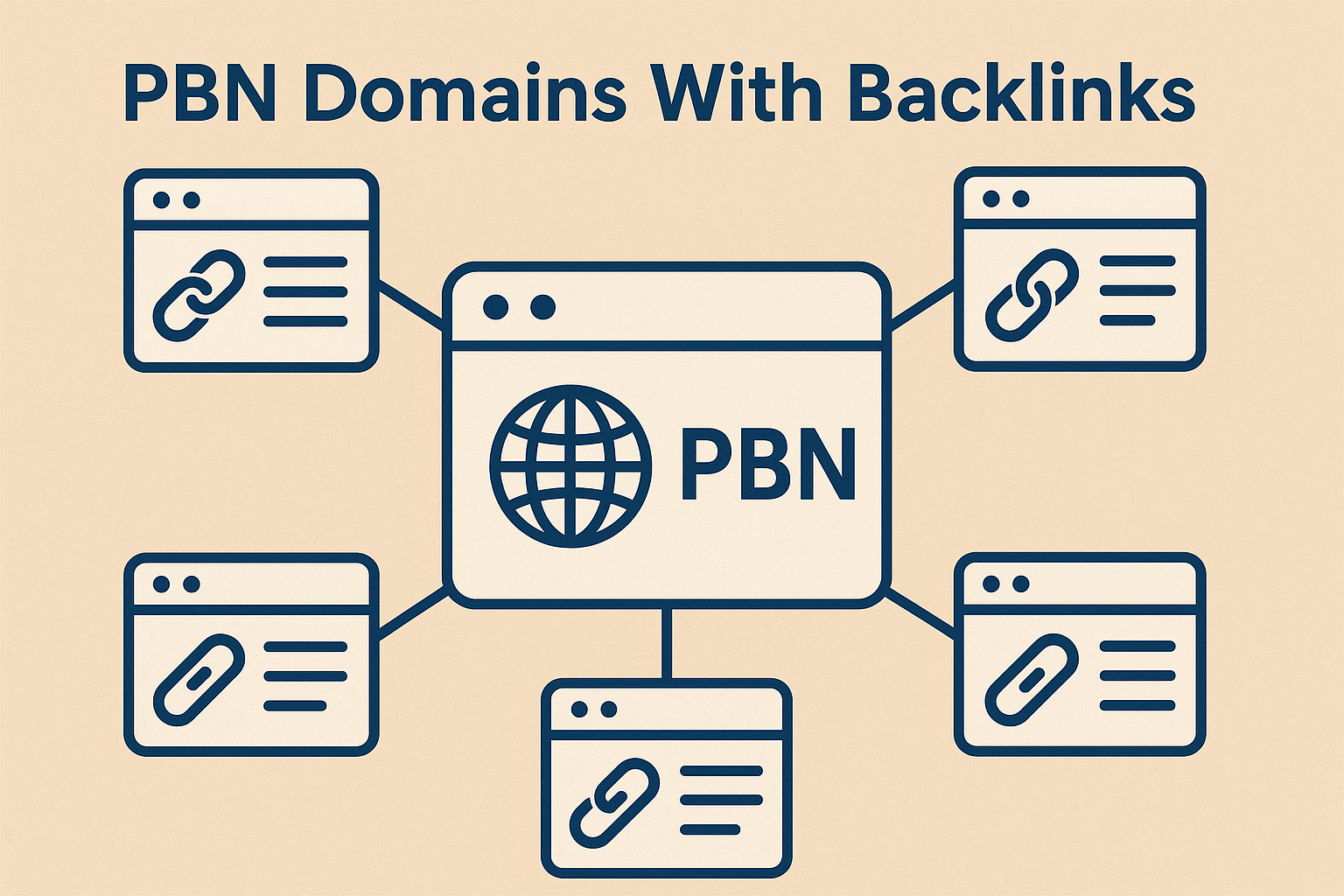
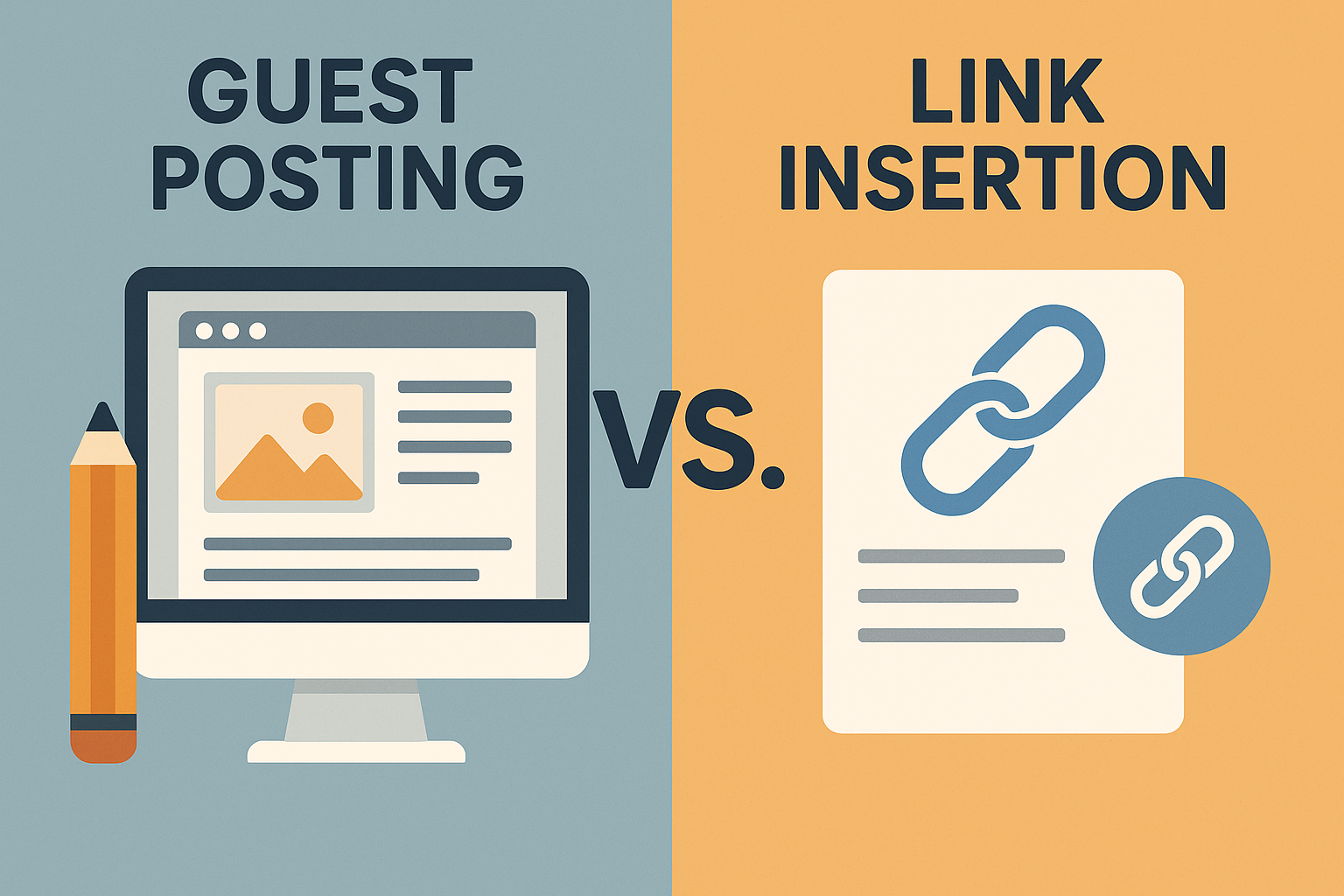



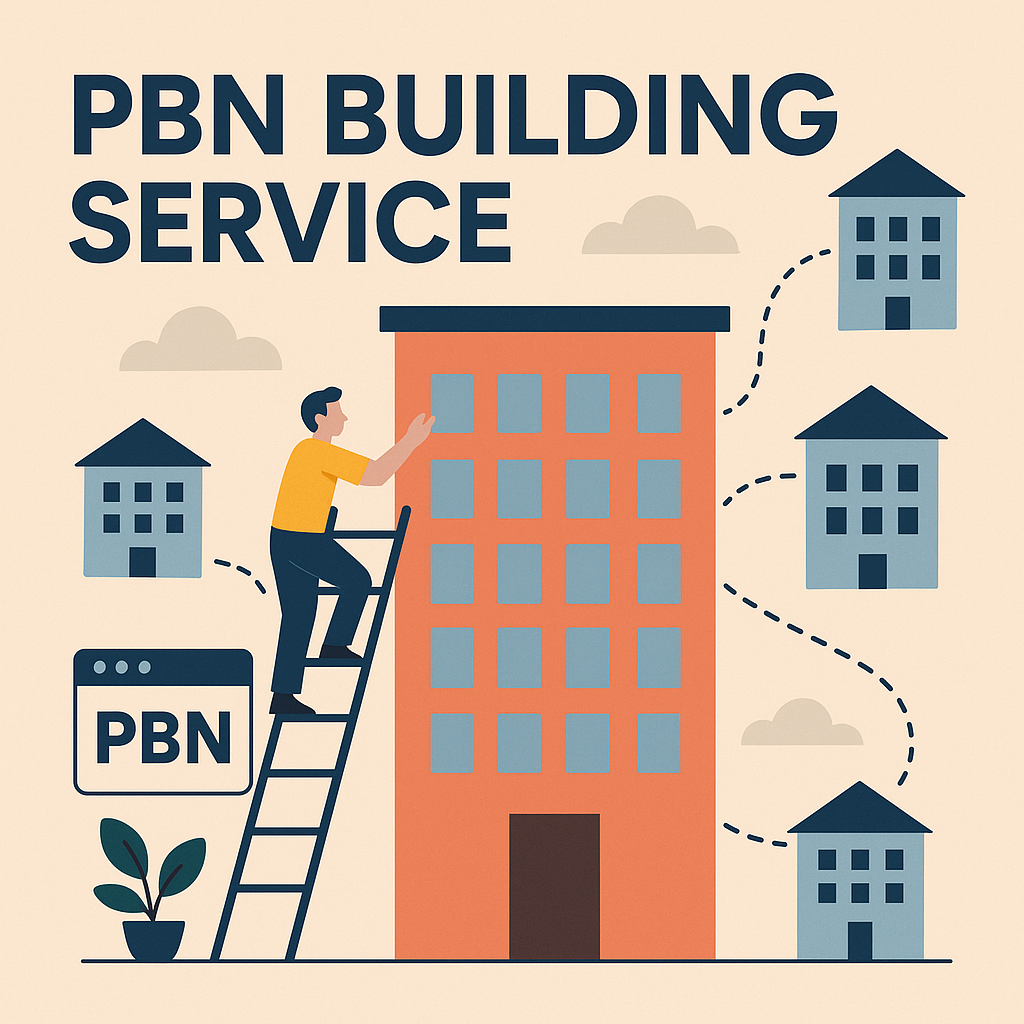
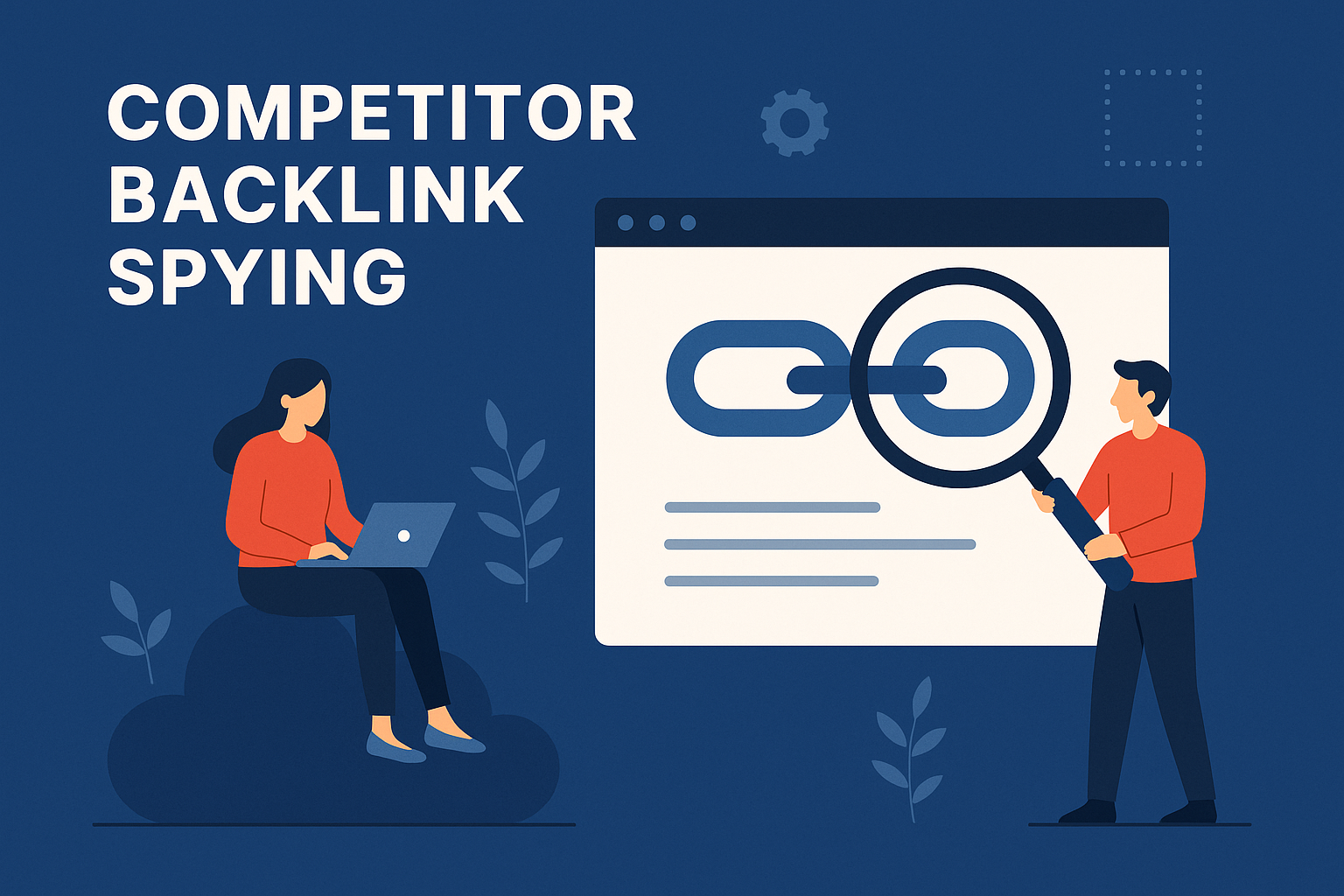
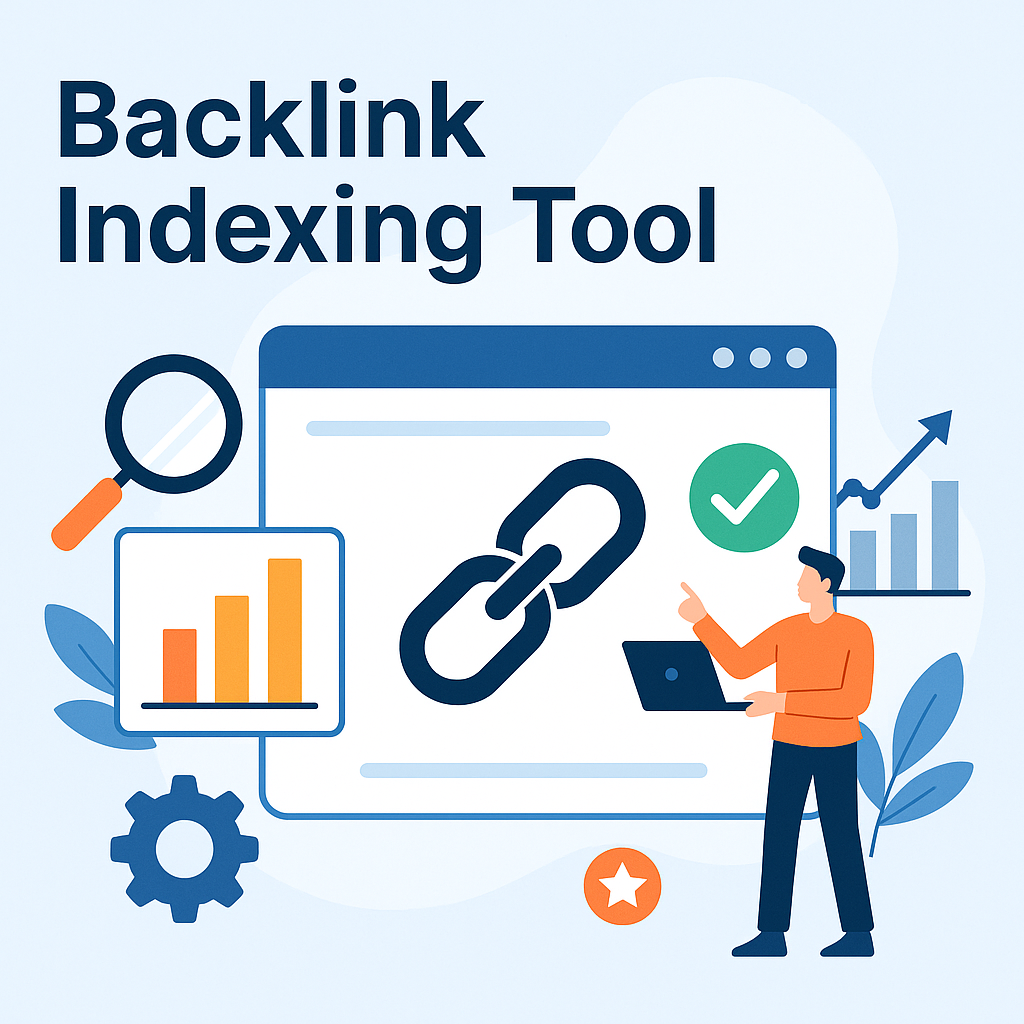

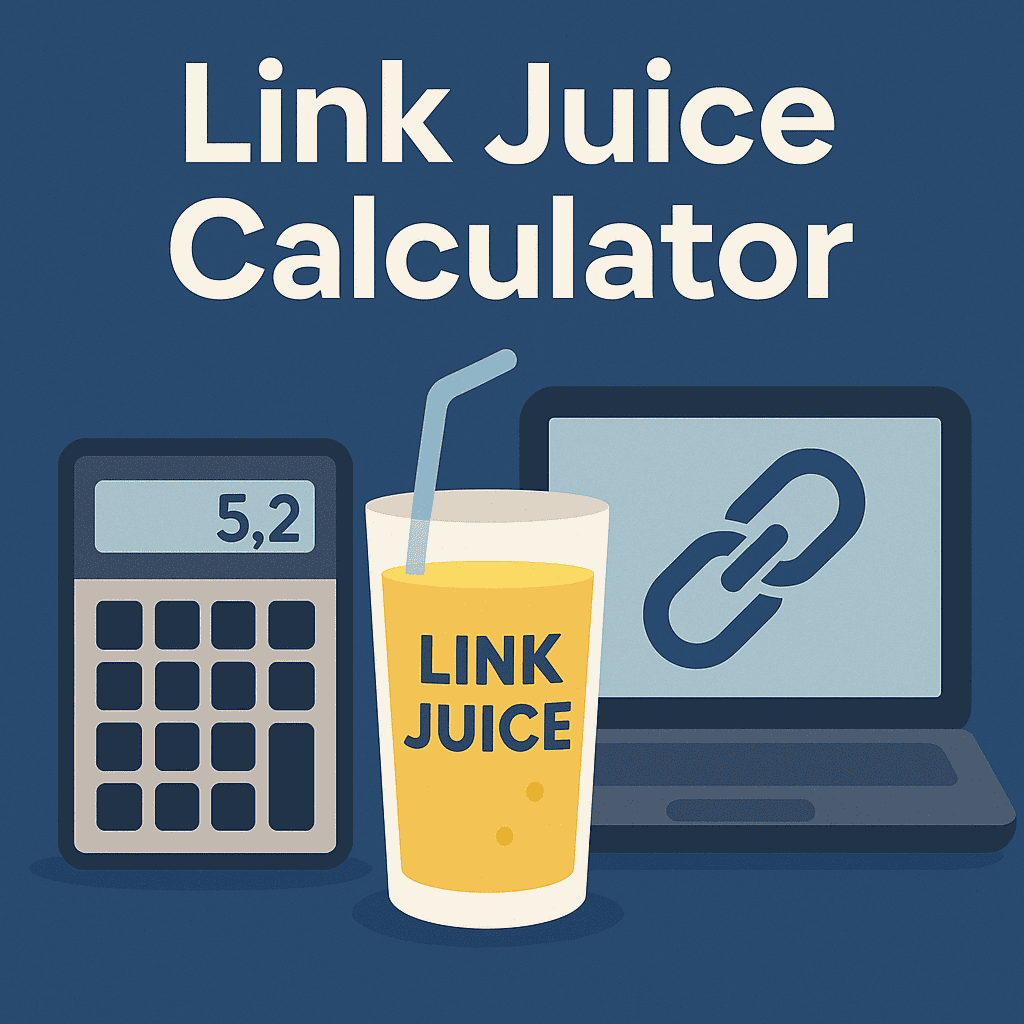
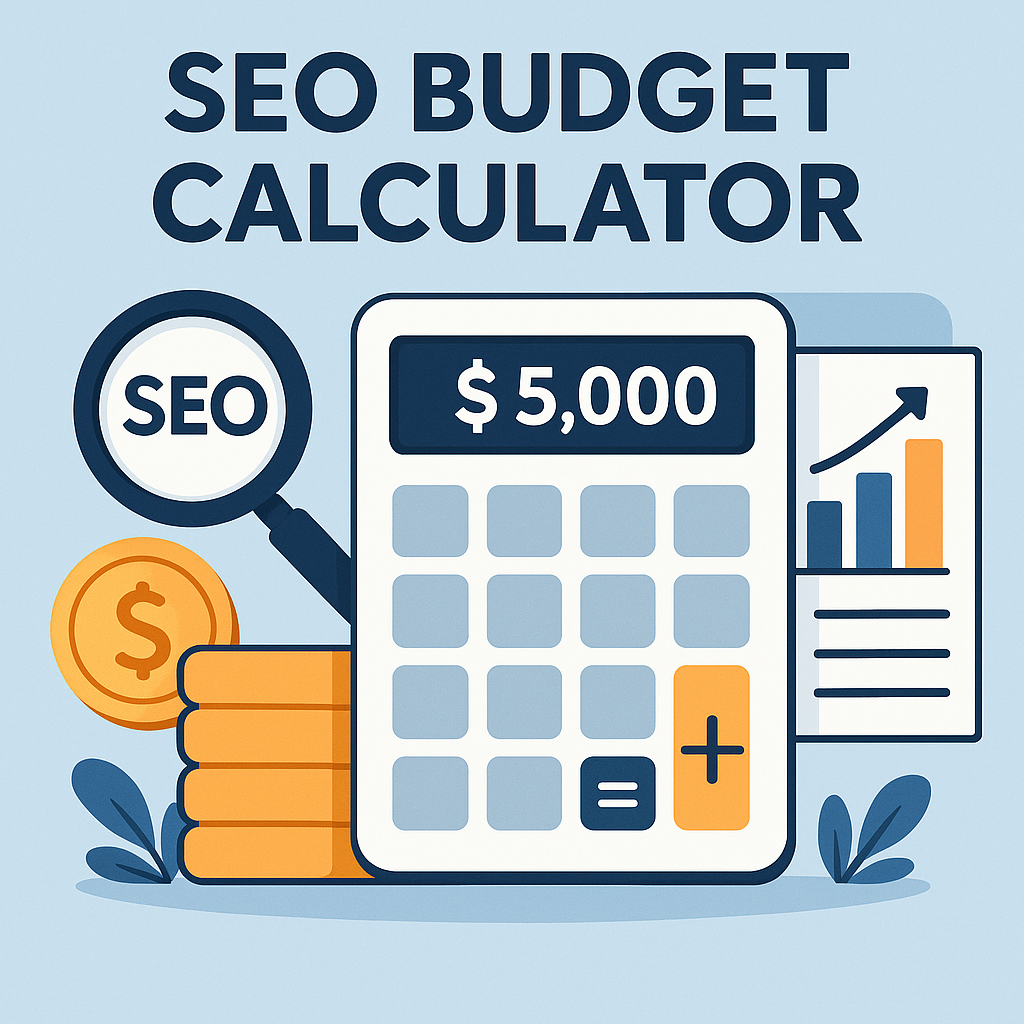
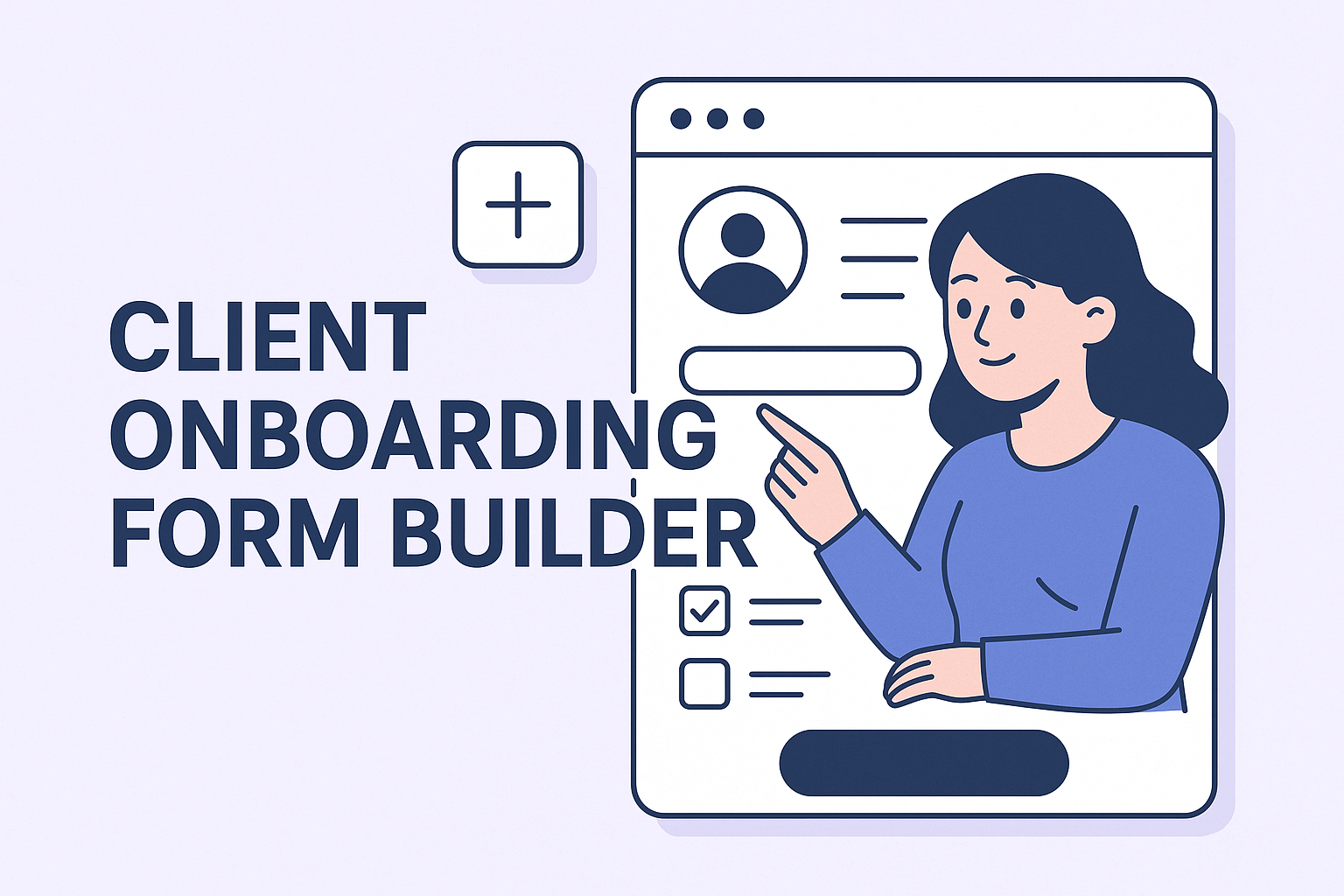
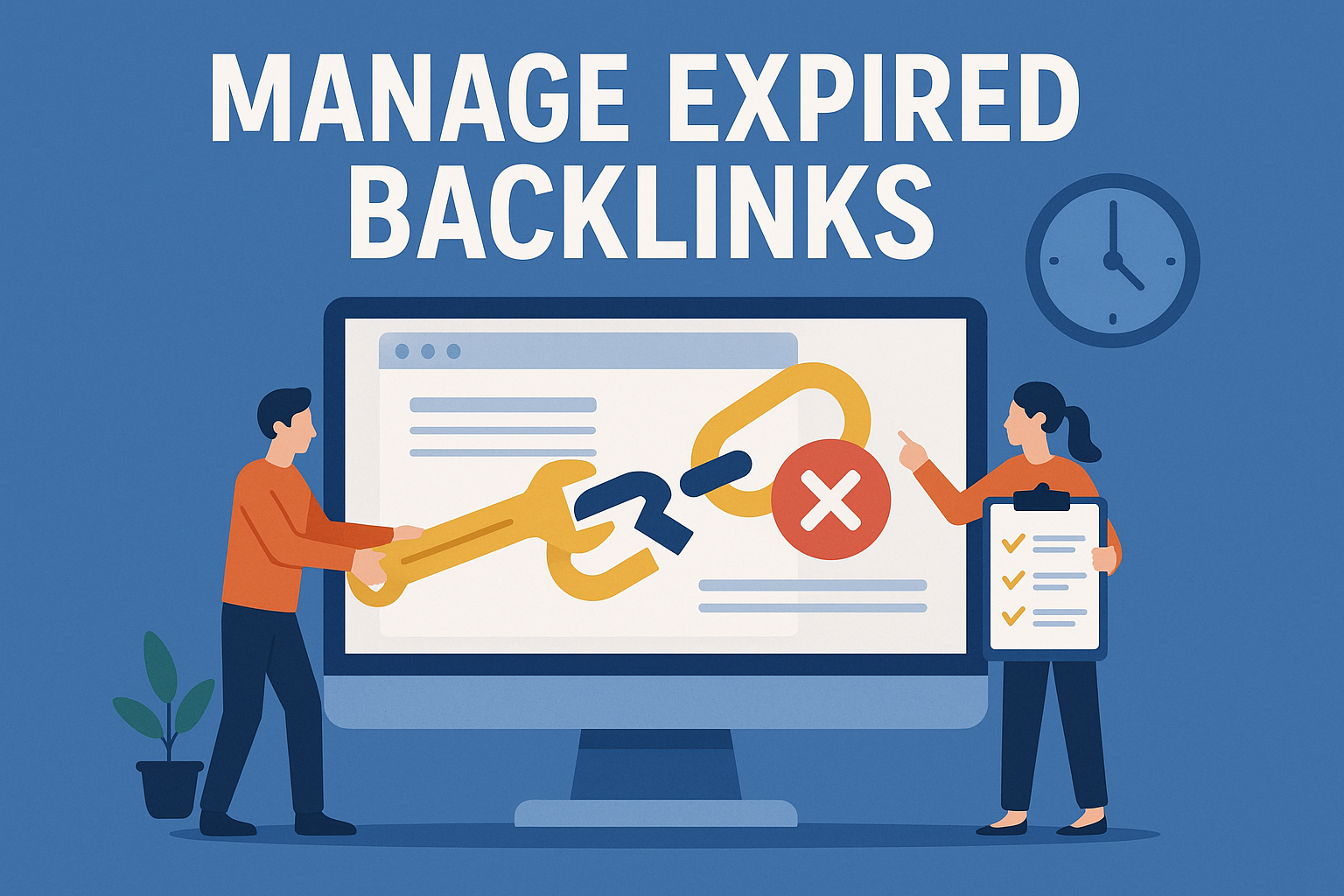

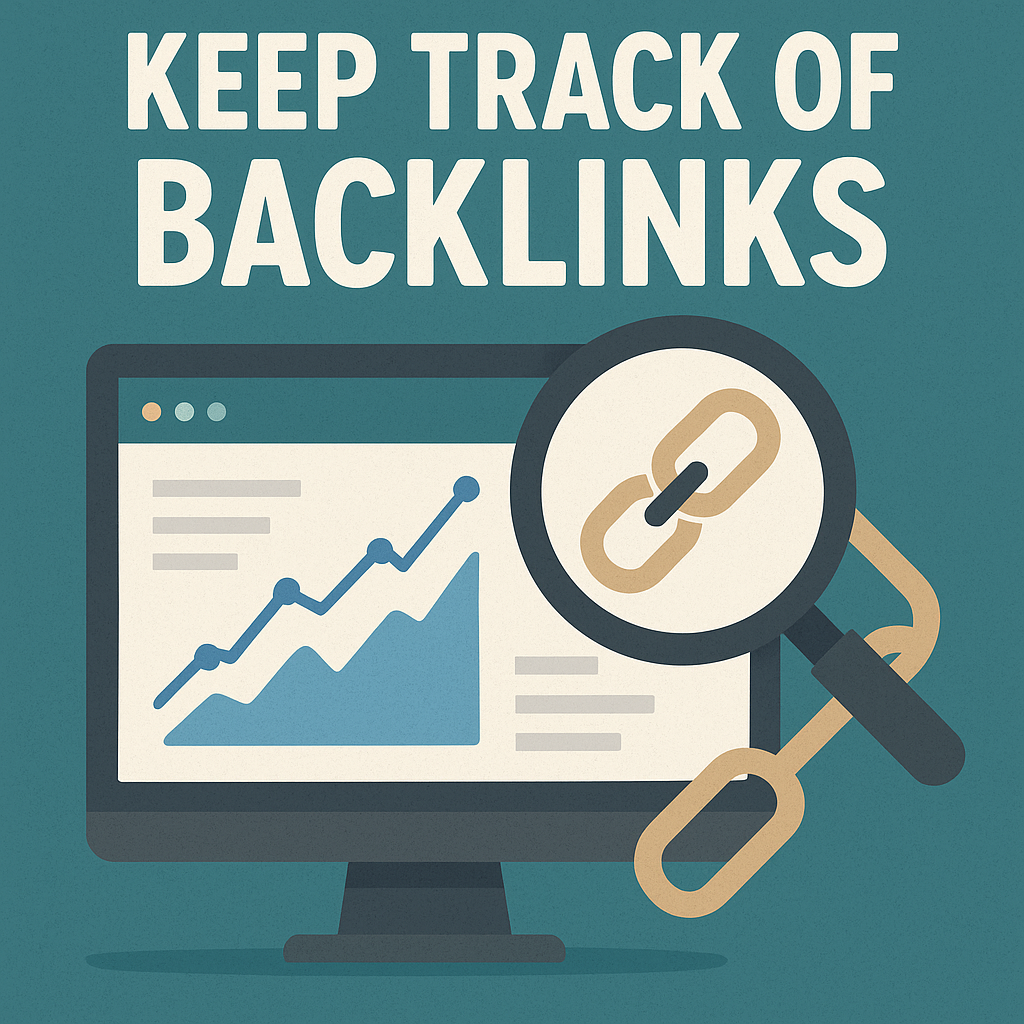
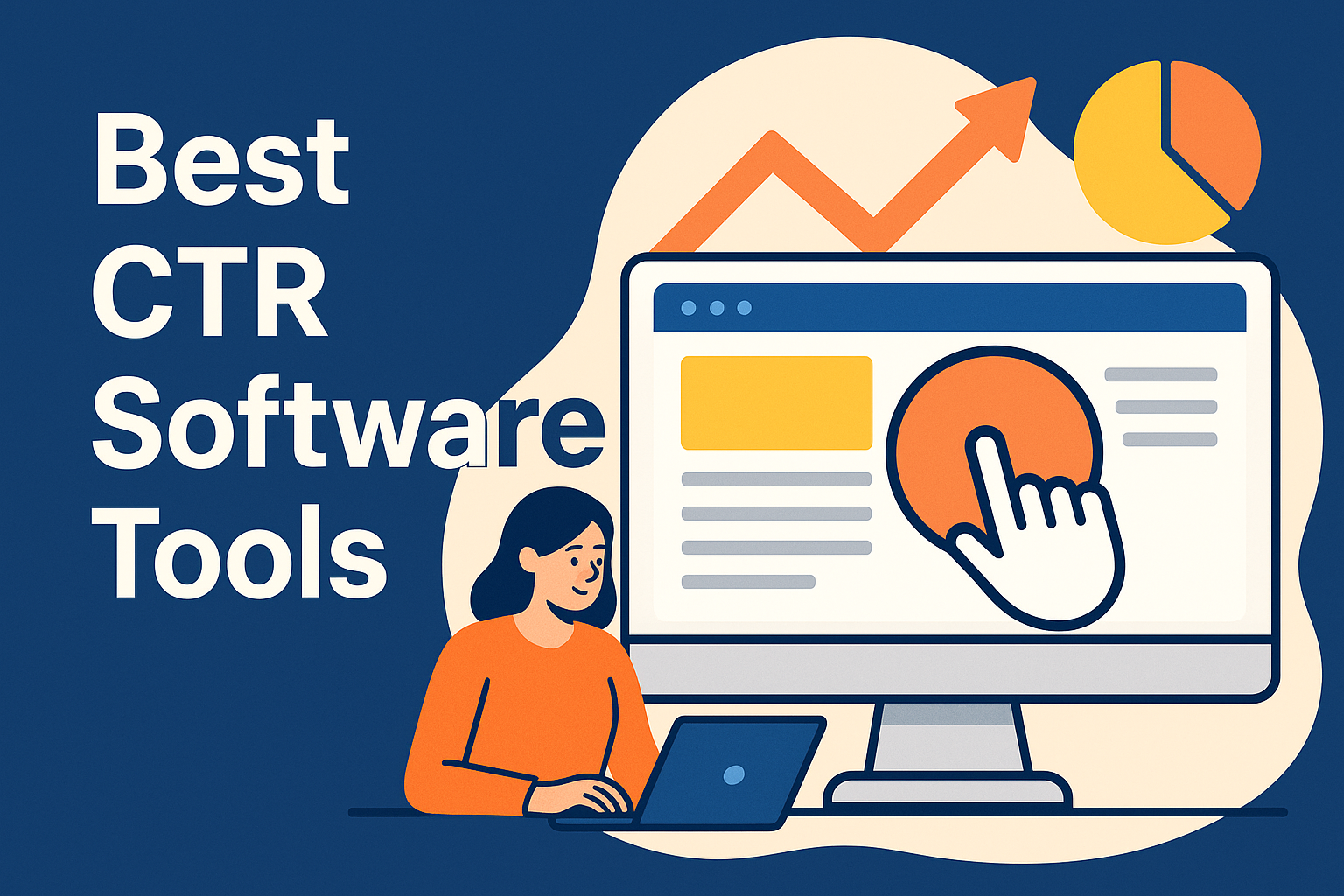

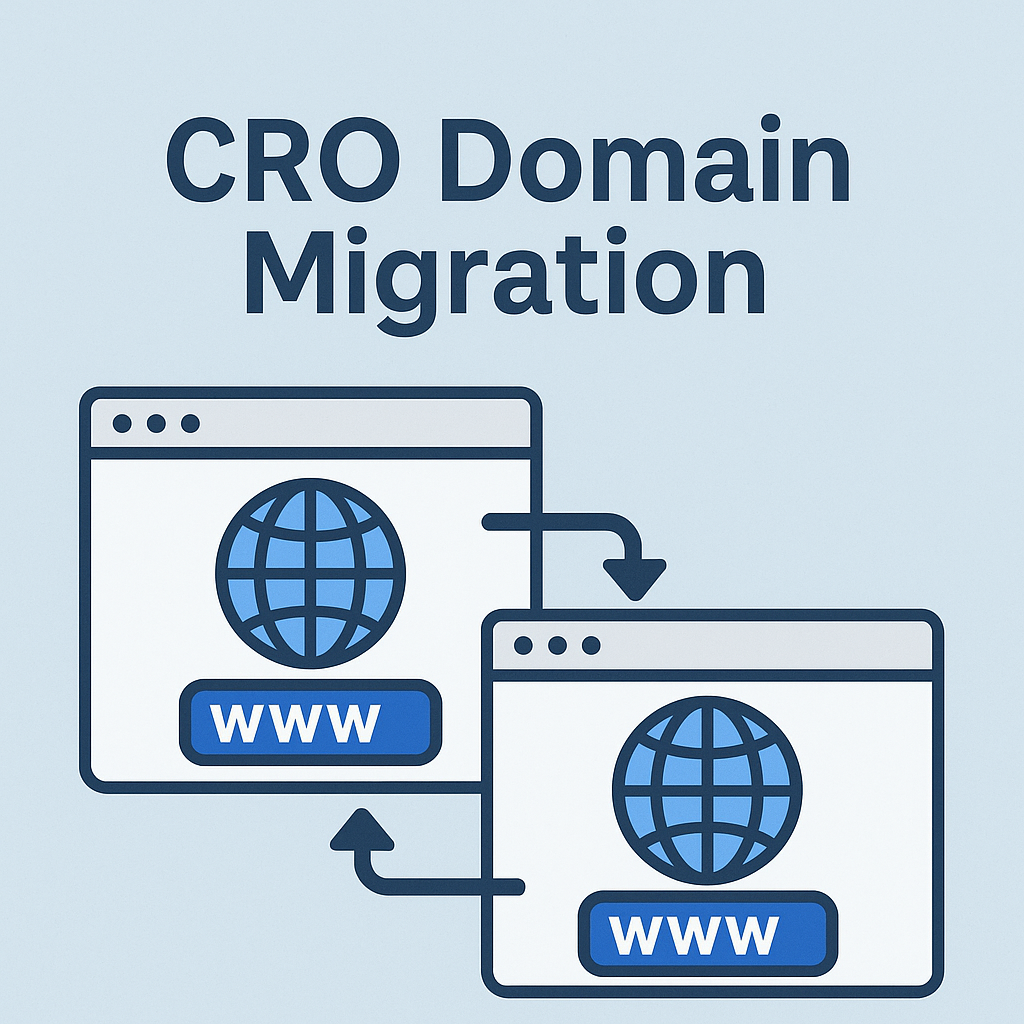
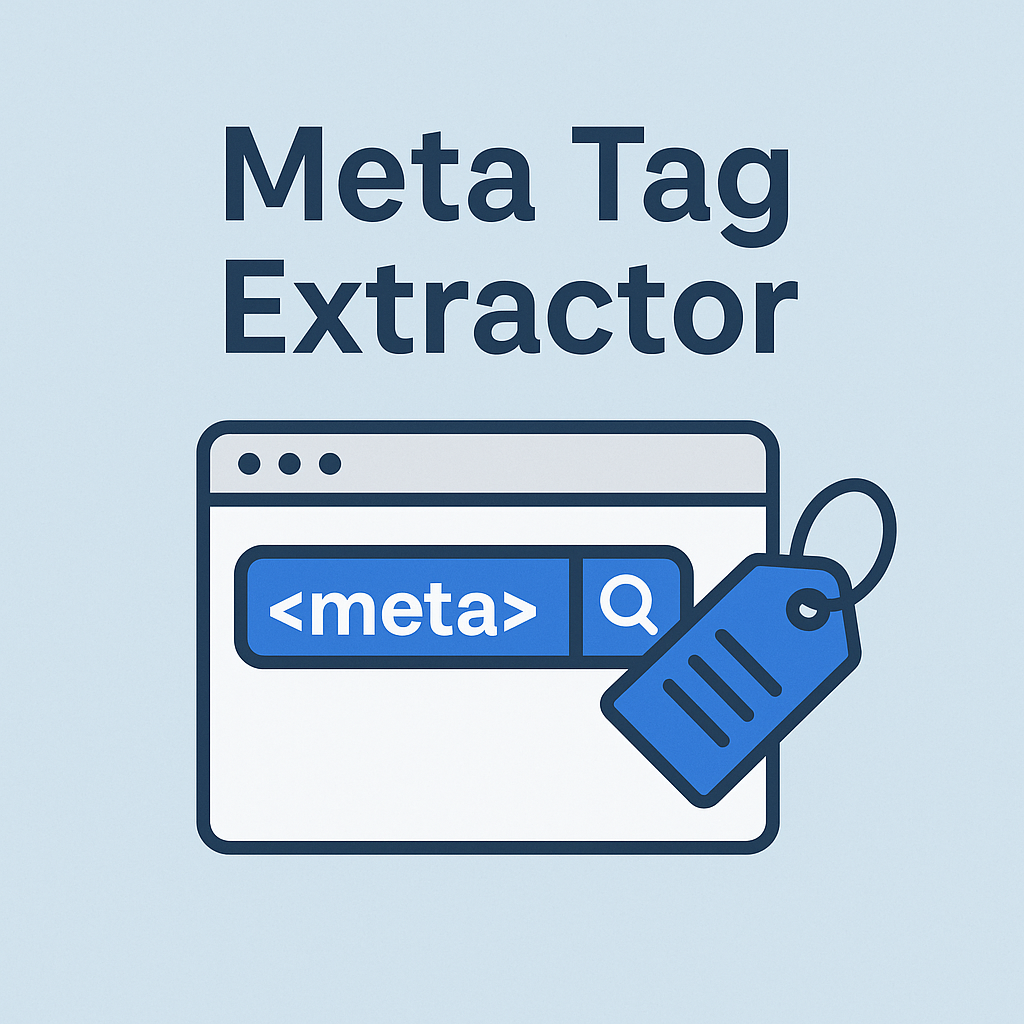
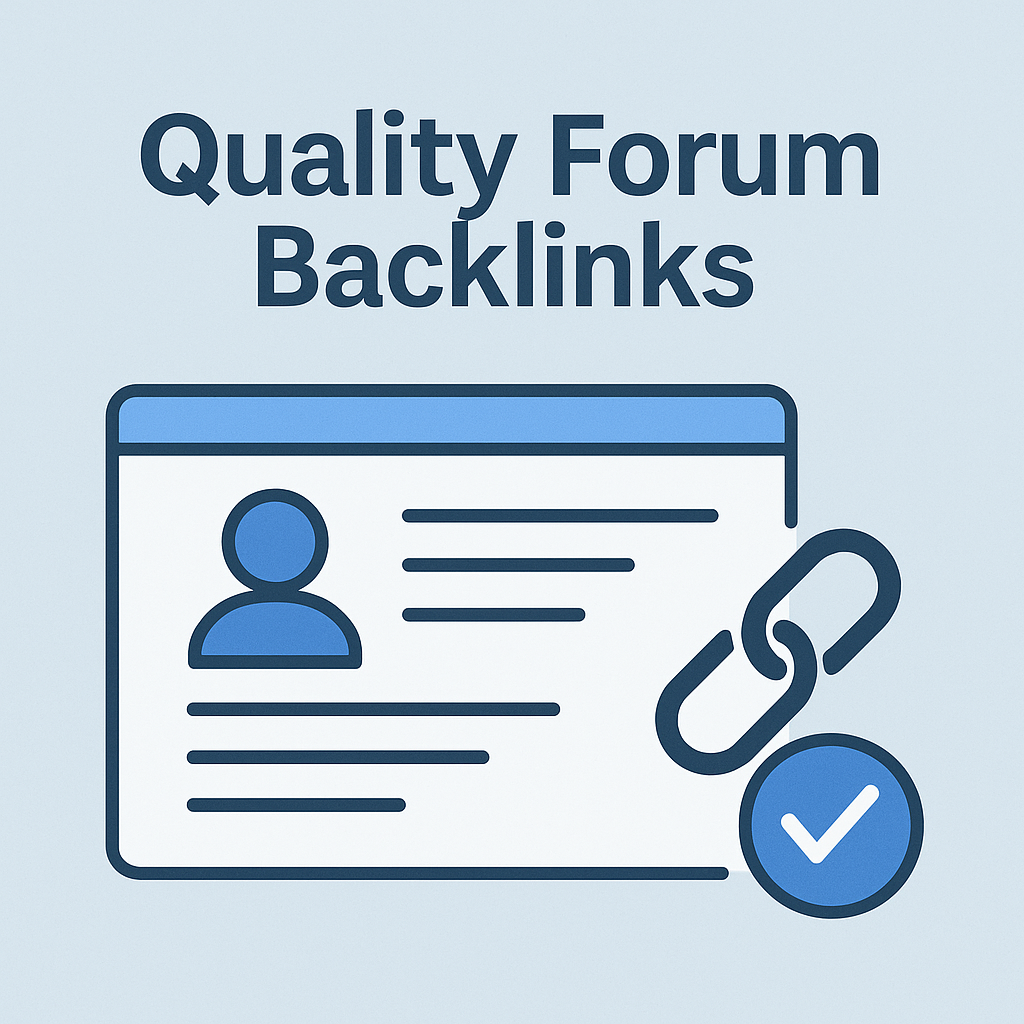
![Best Link Exchange Sites [Free & Safe] – Top 5 Picks](https://backlinkmanagement.io/wp-content/uploads/2025/04/Free-Link-Exchange.png)


